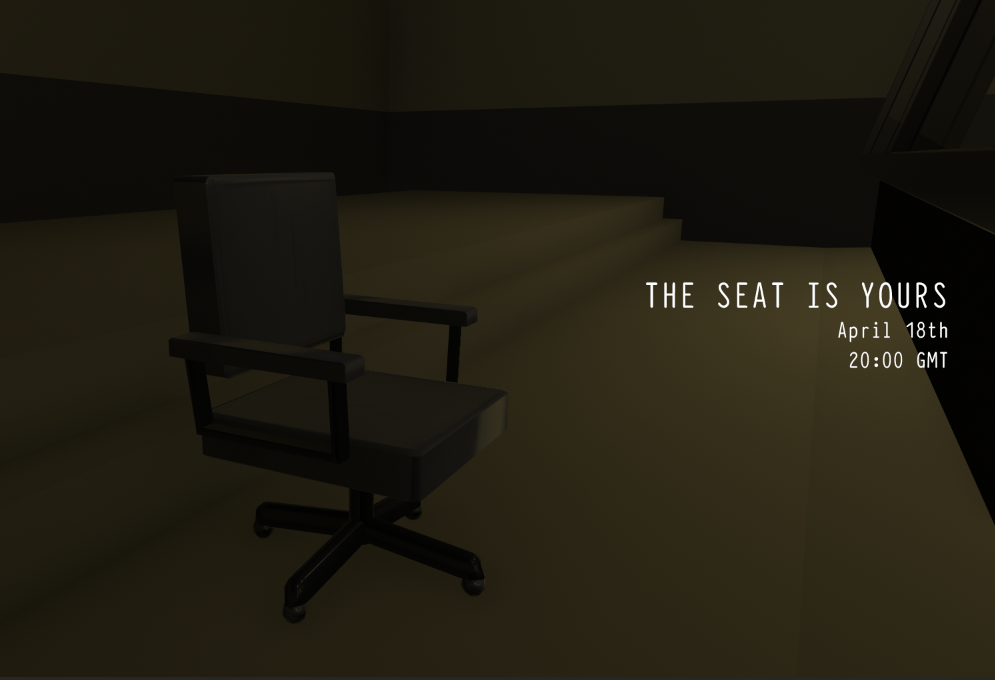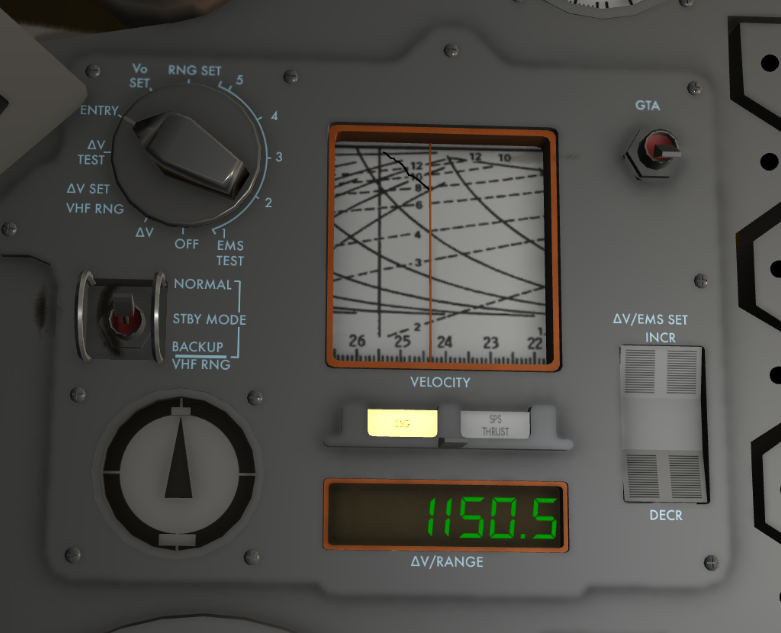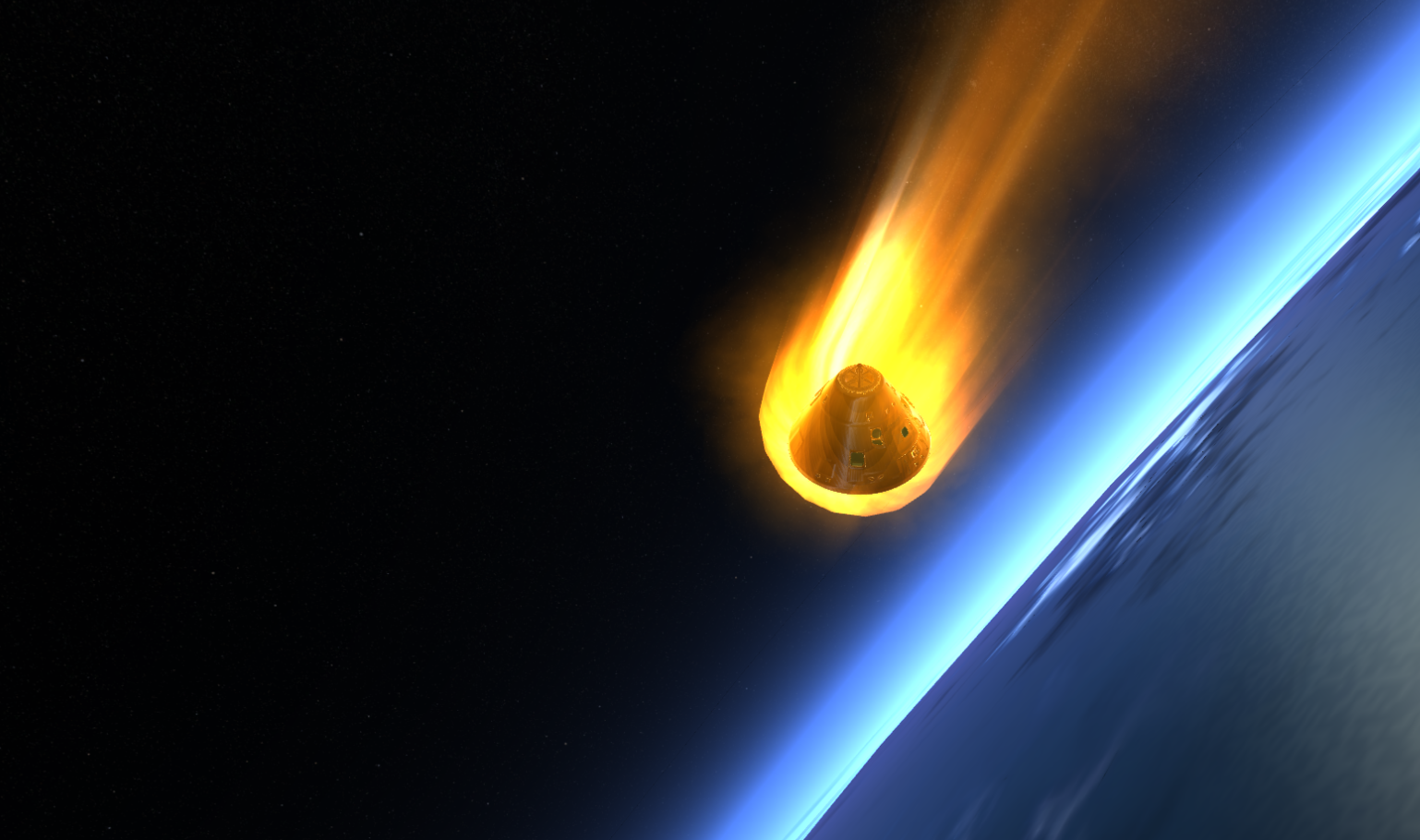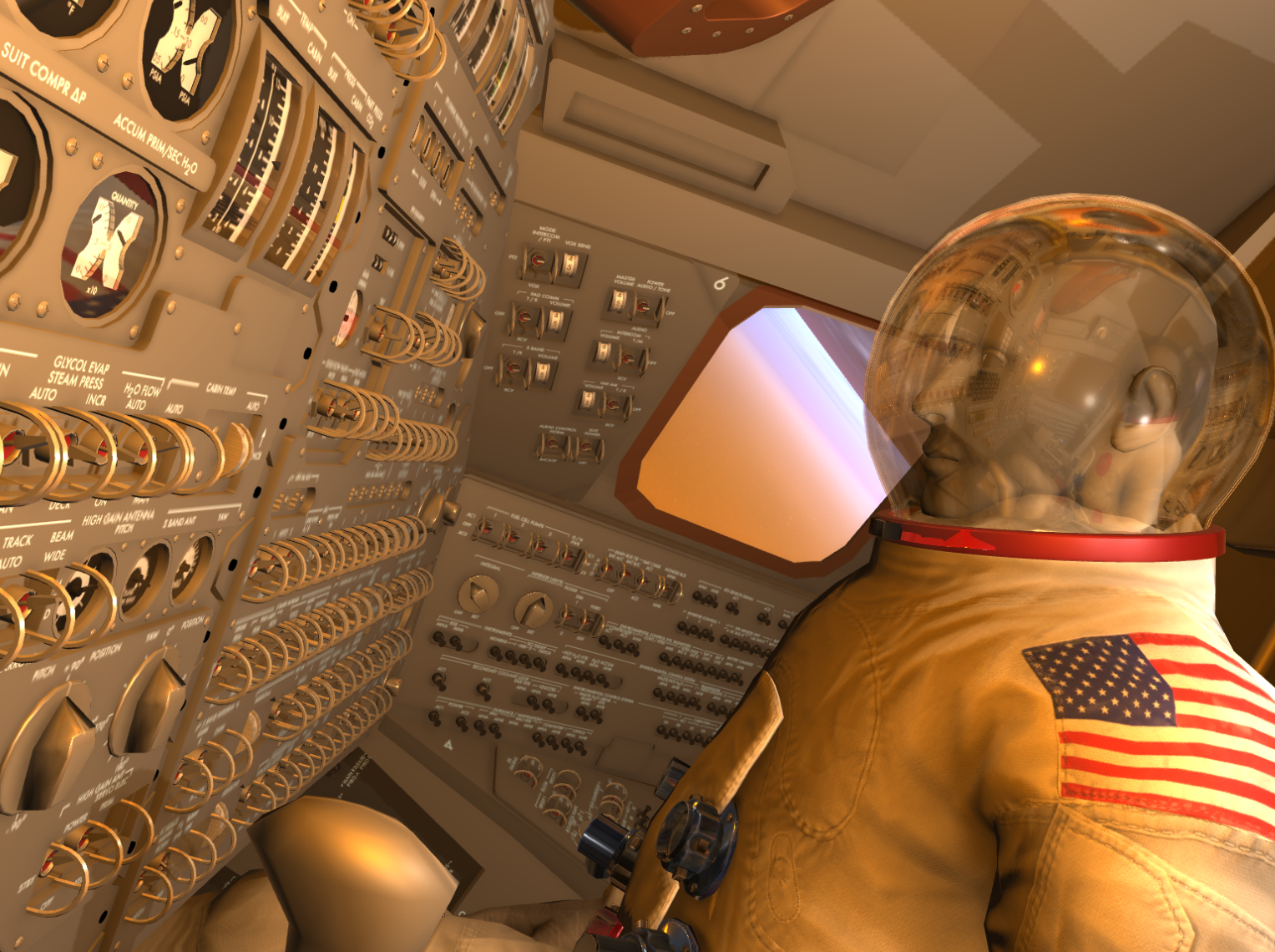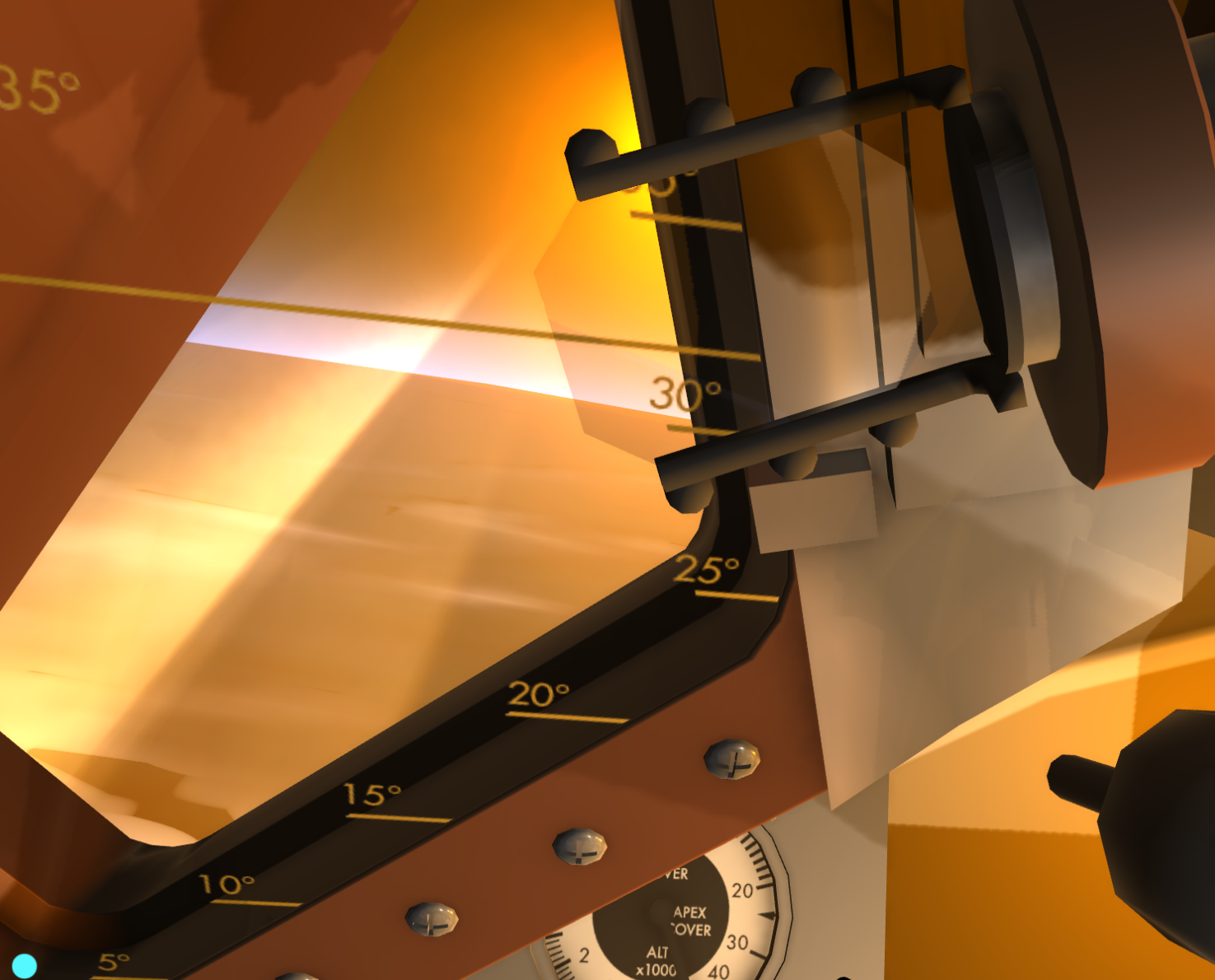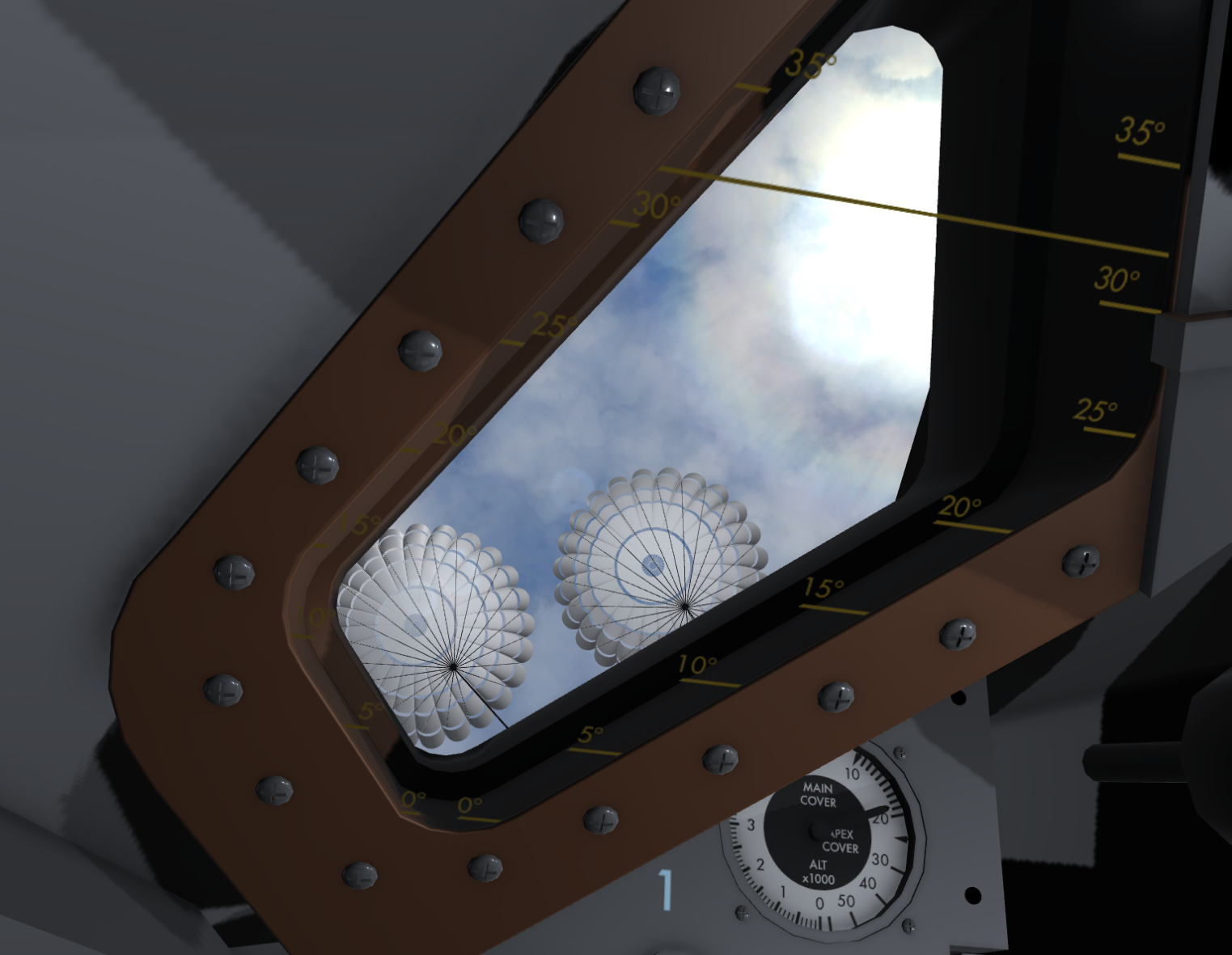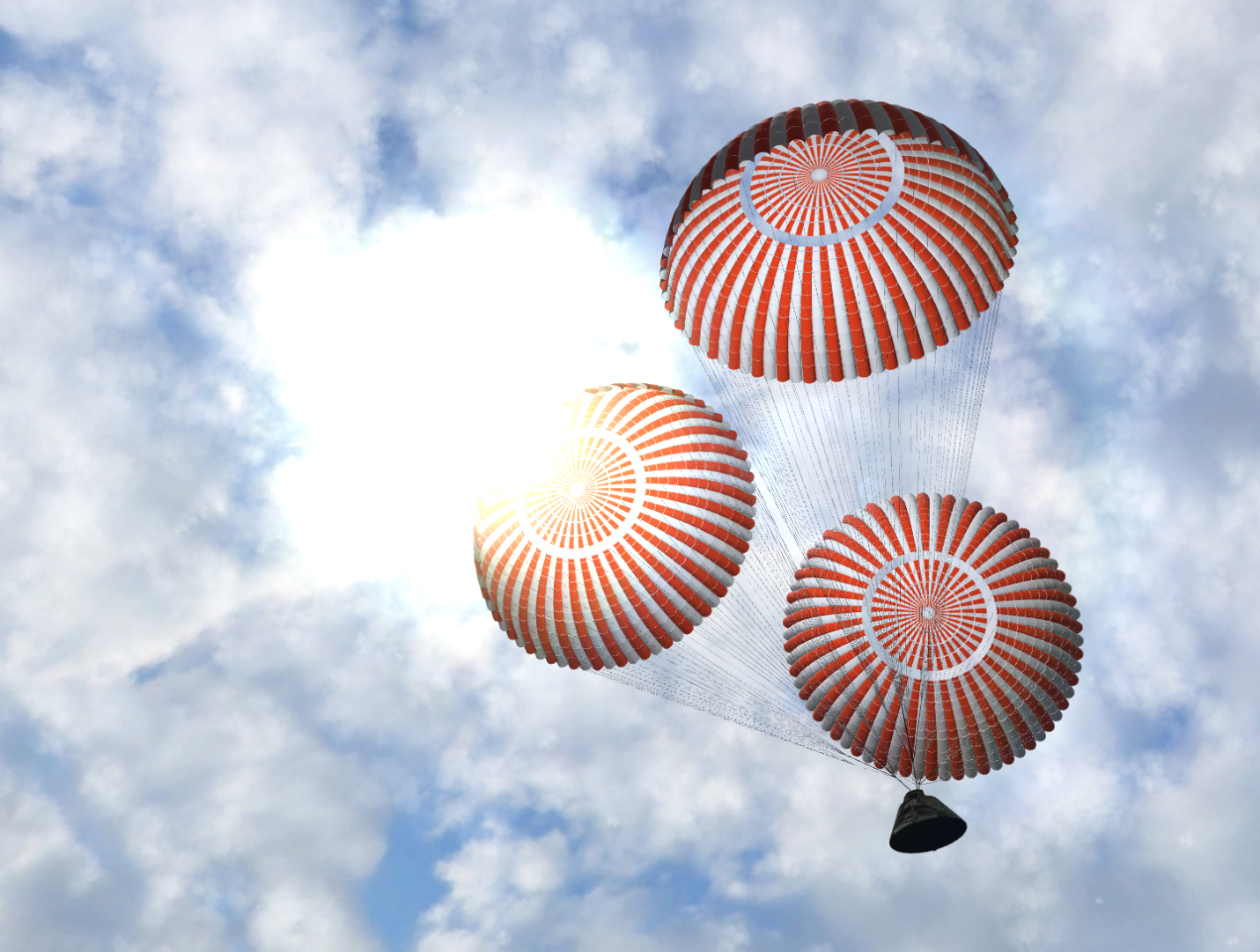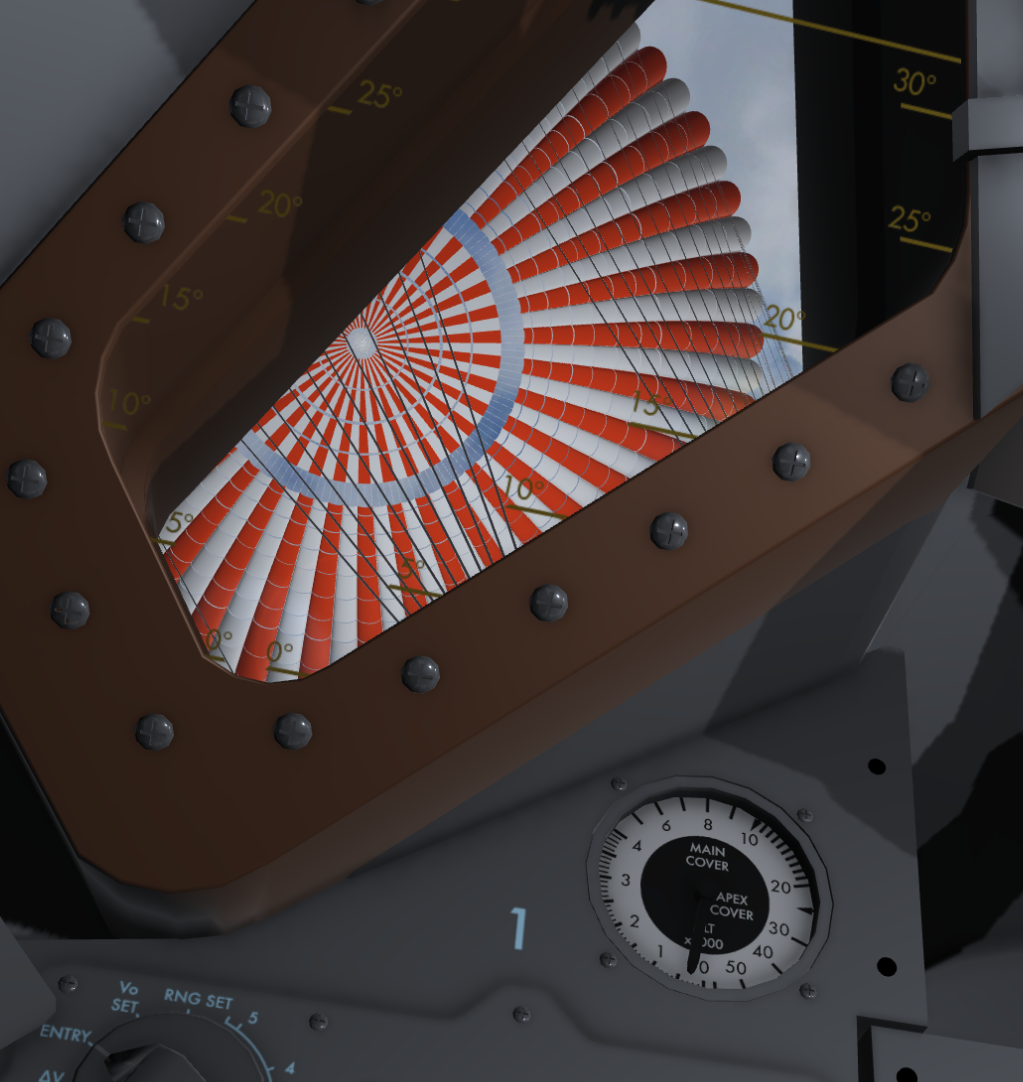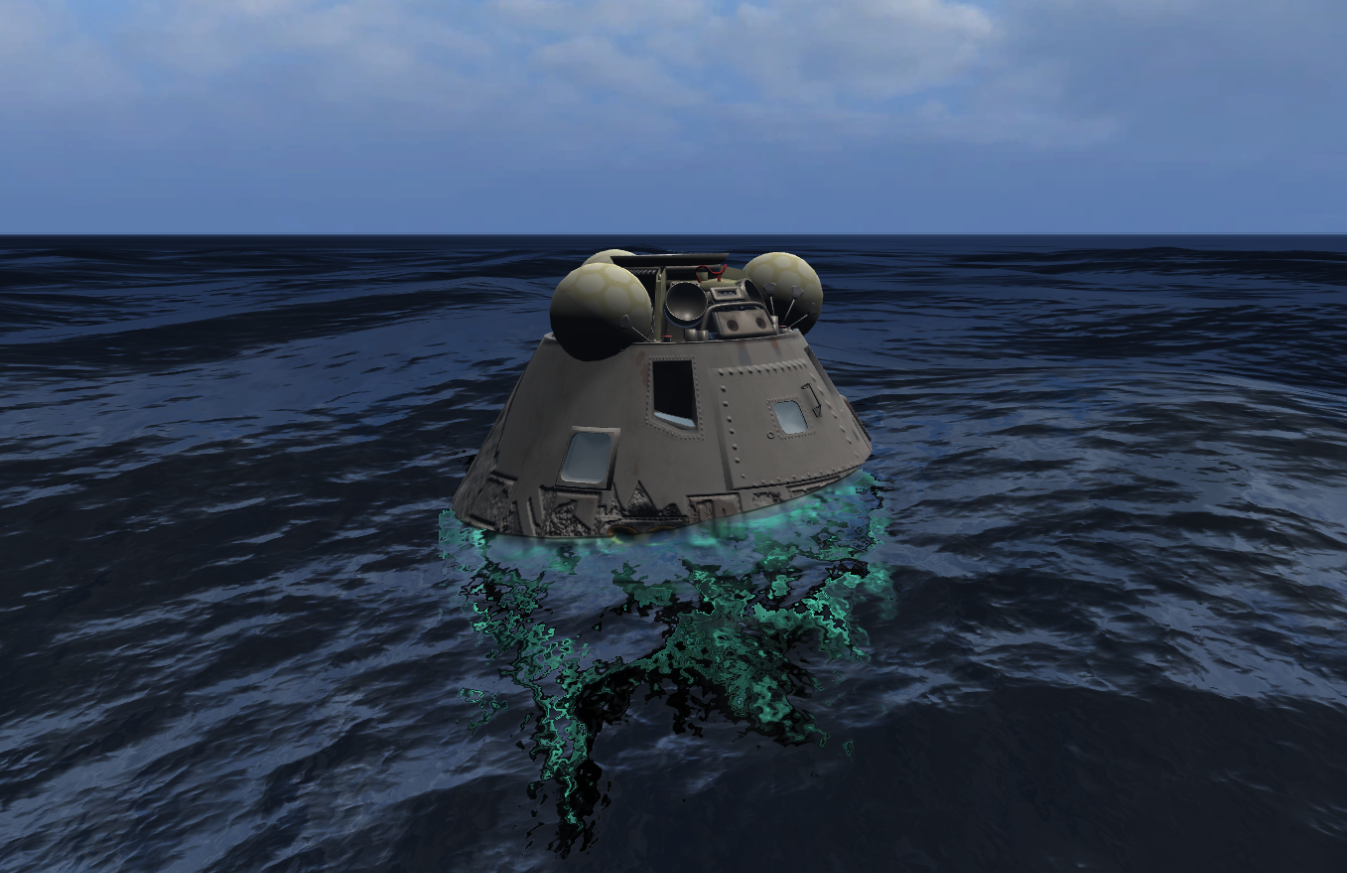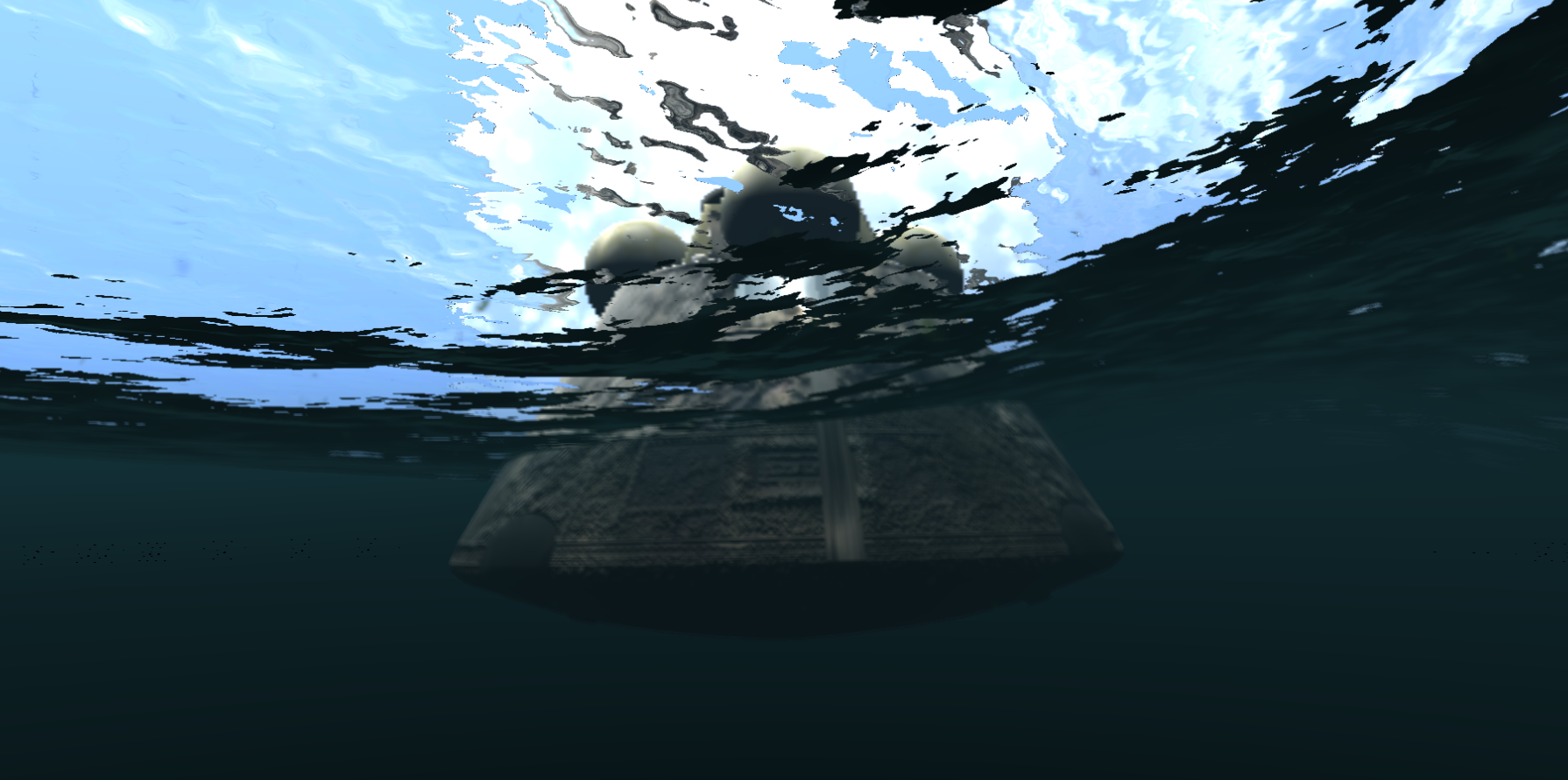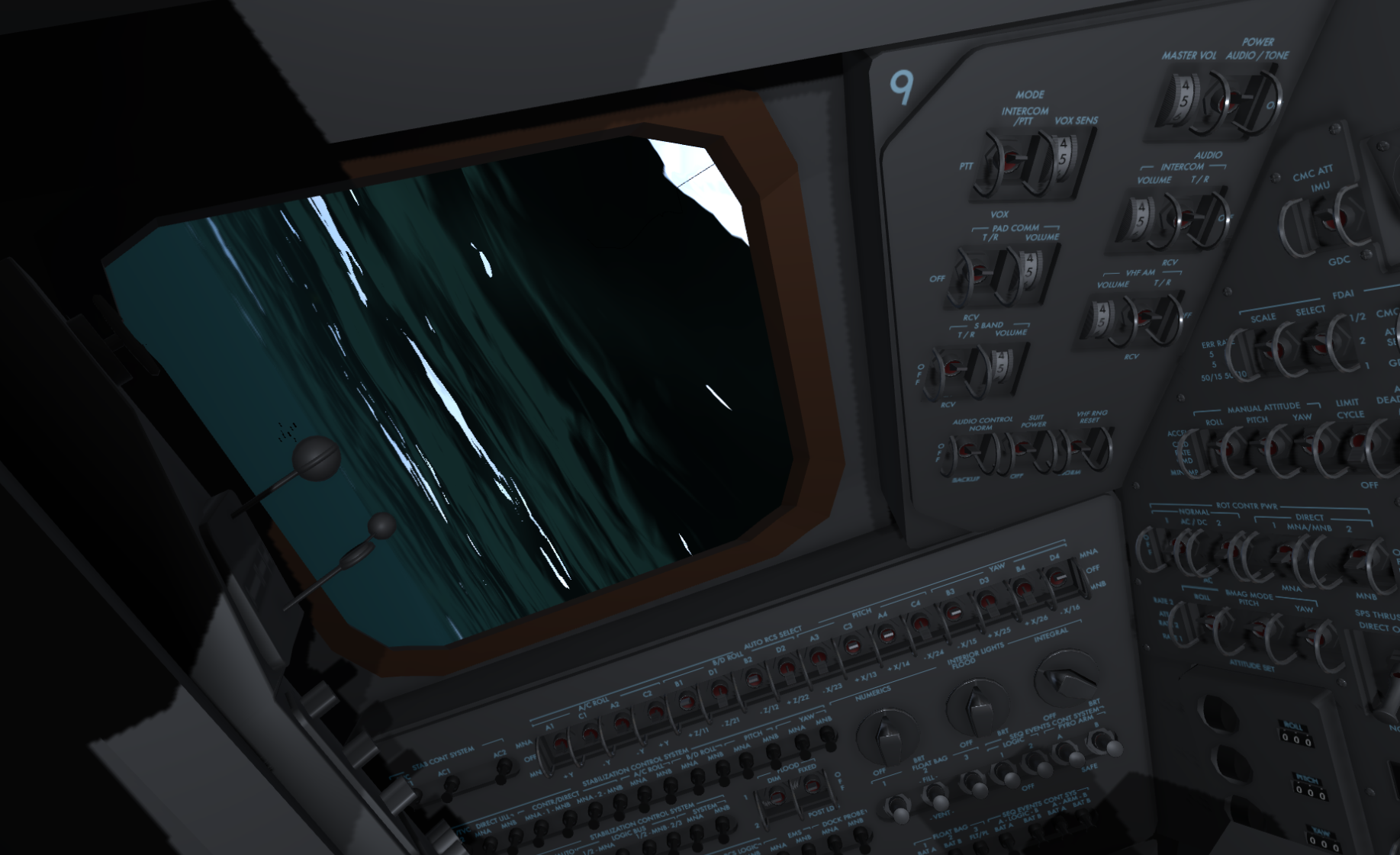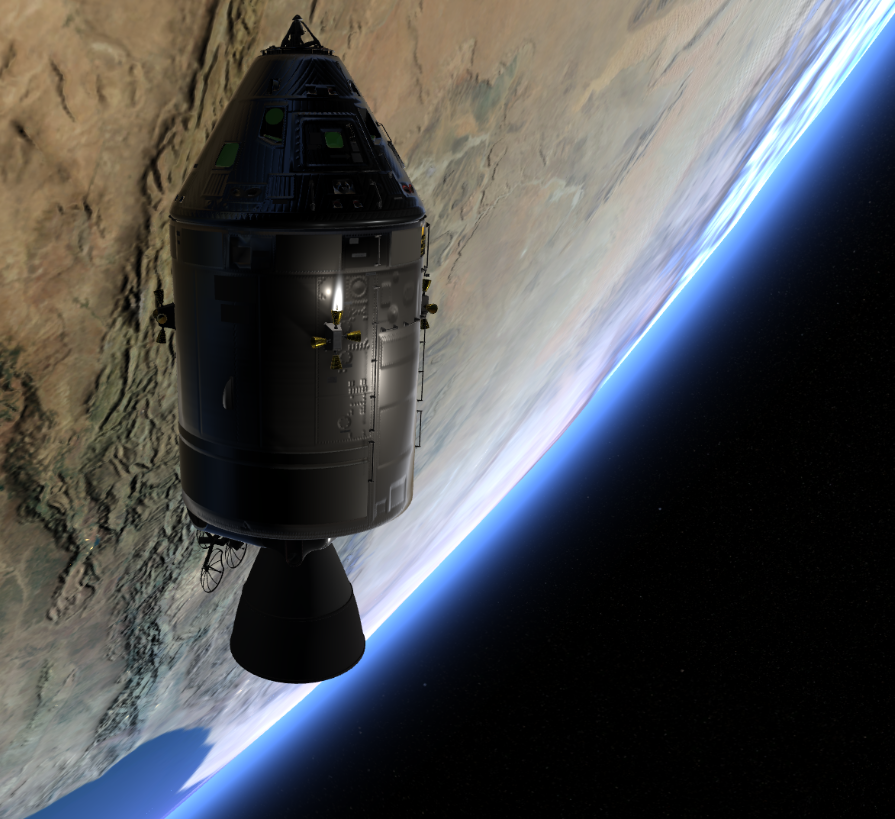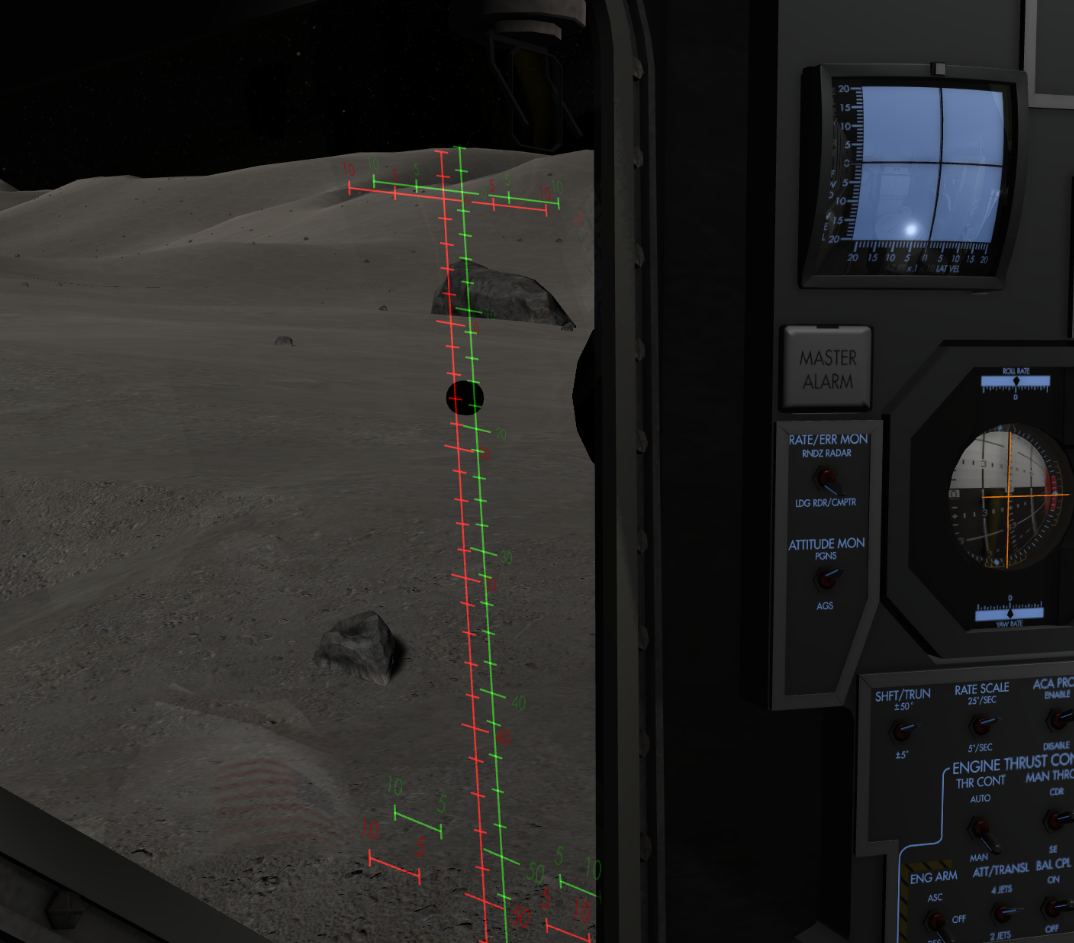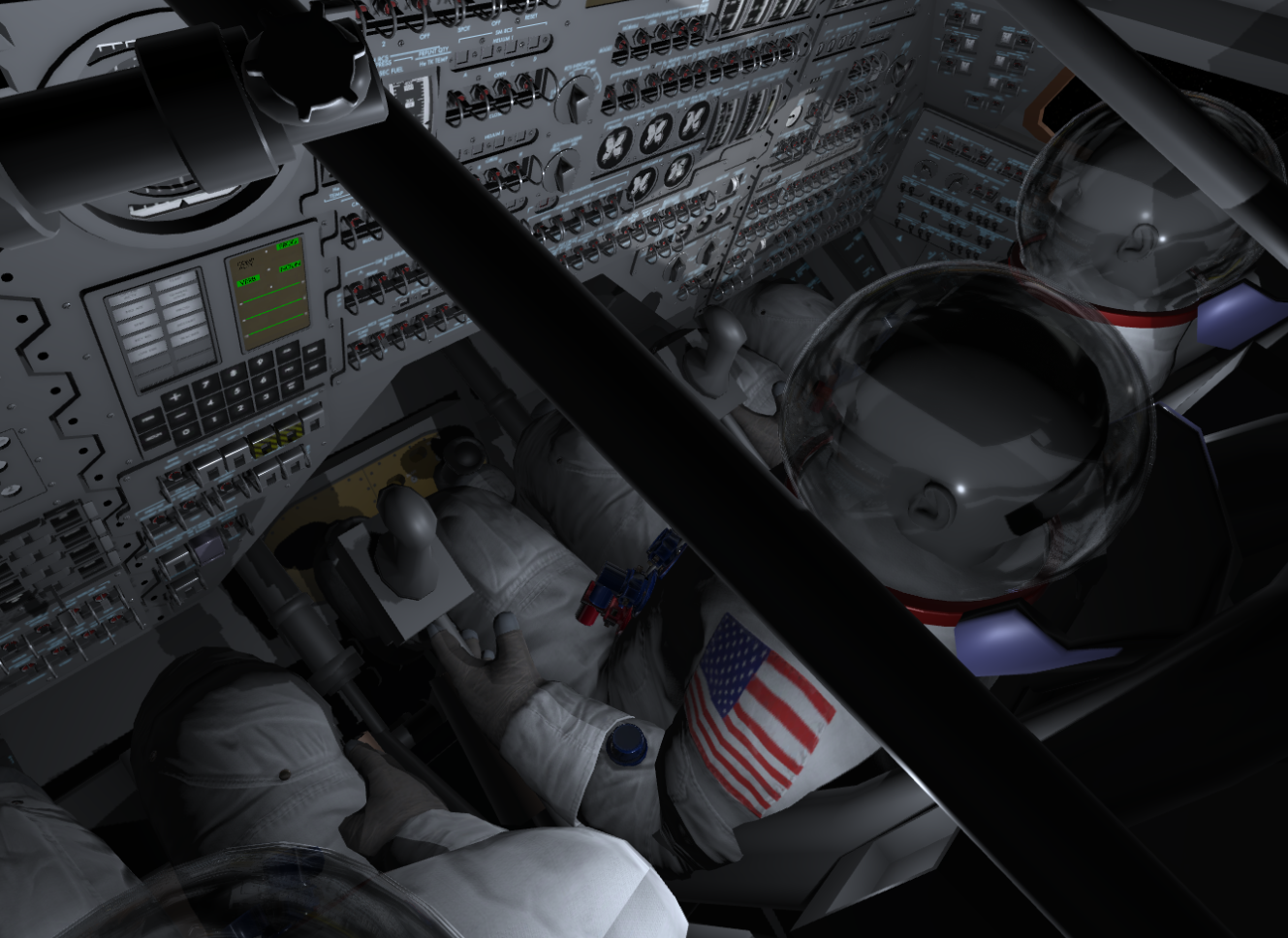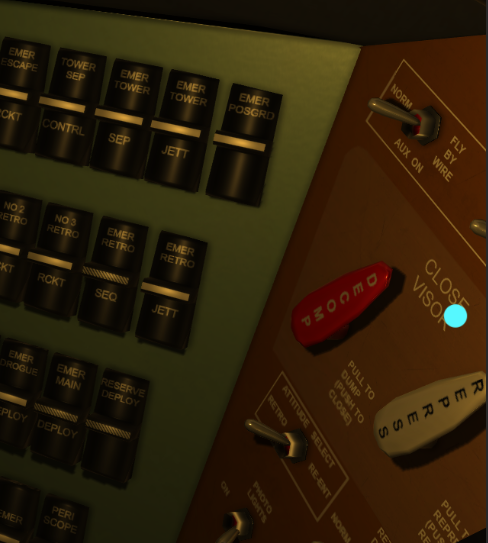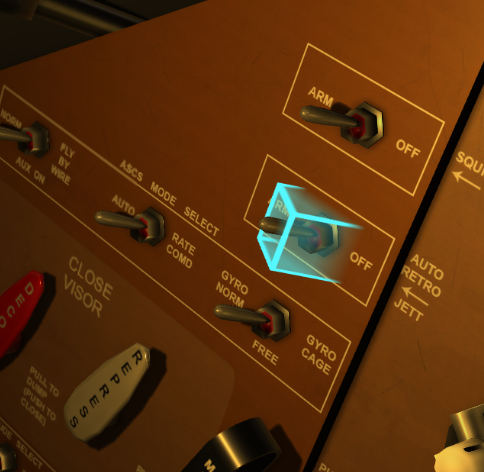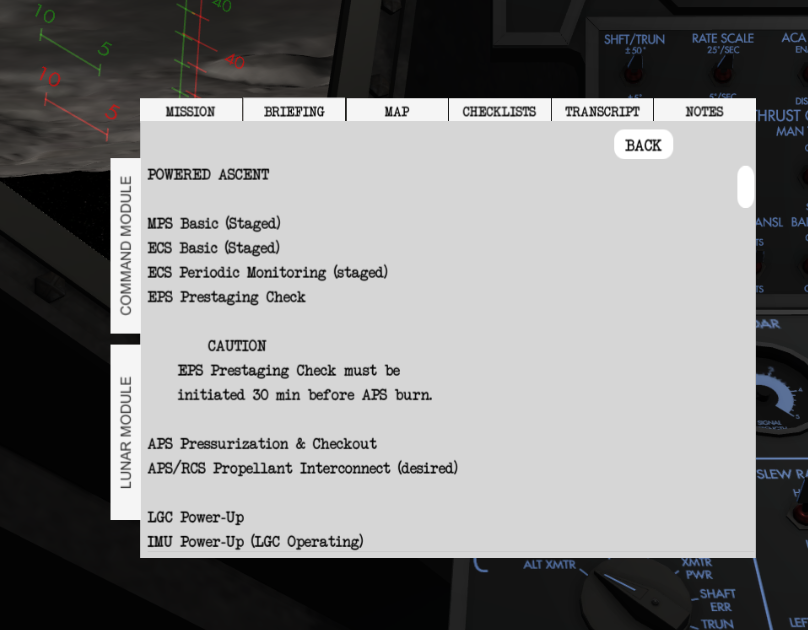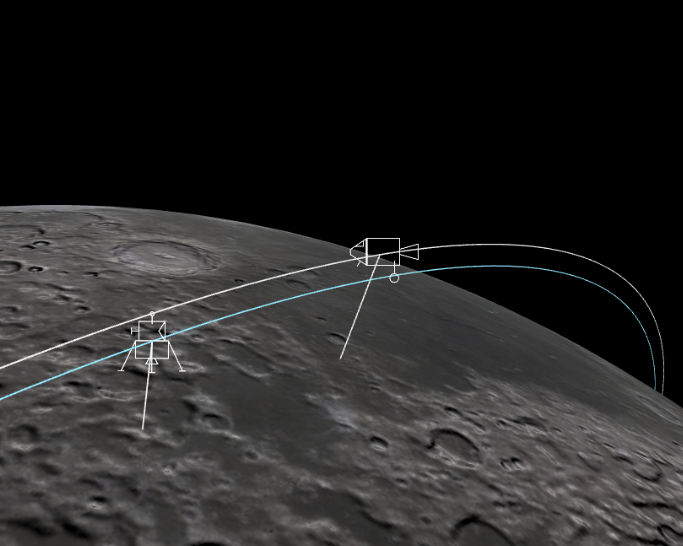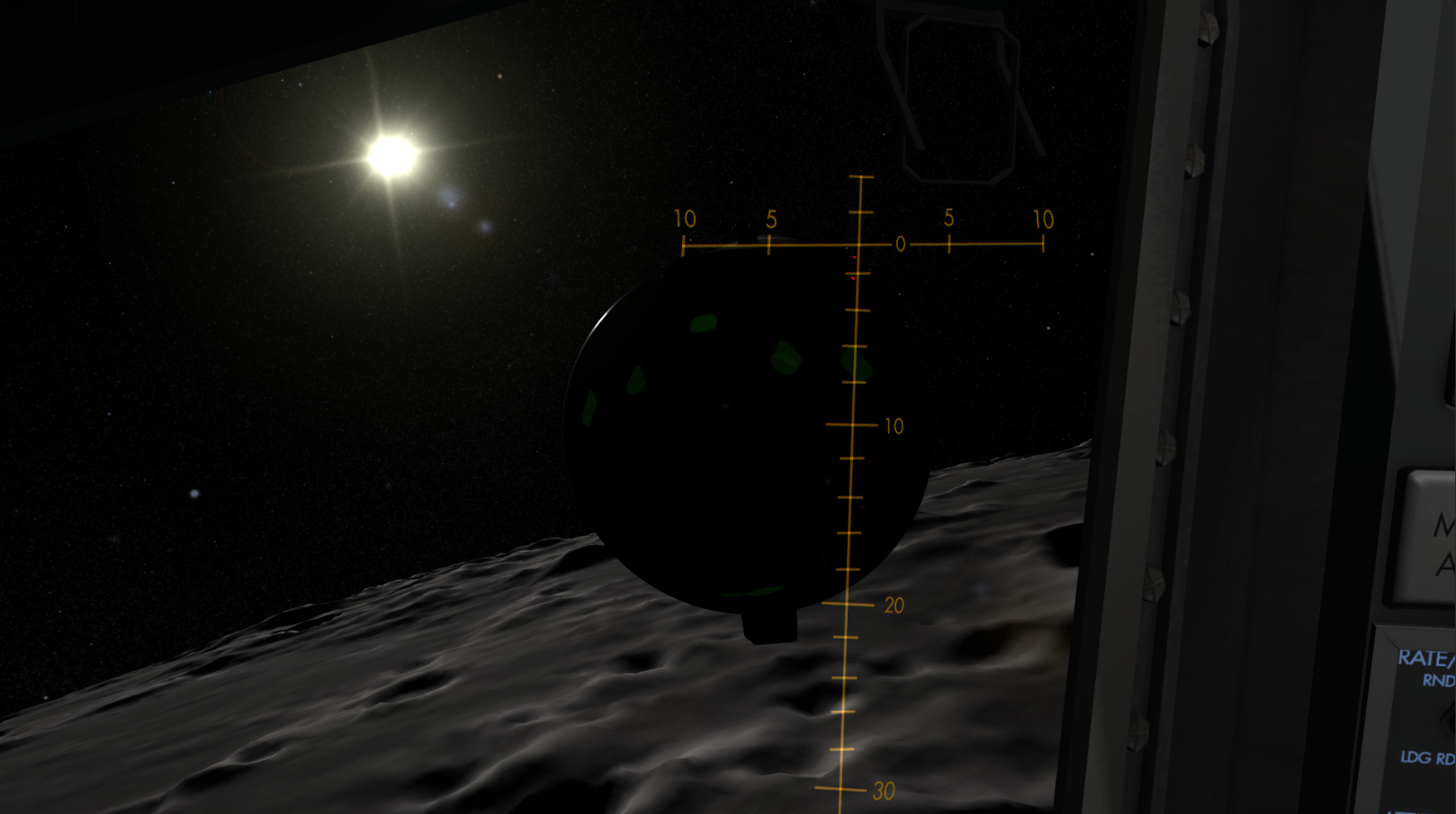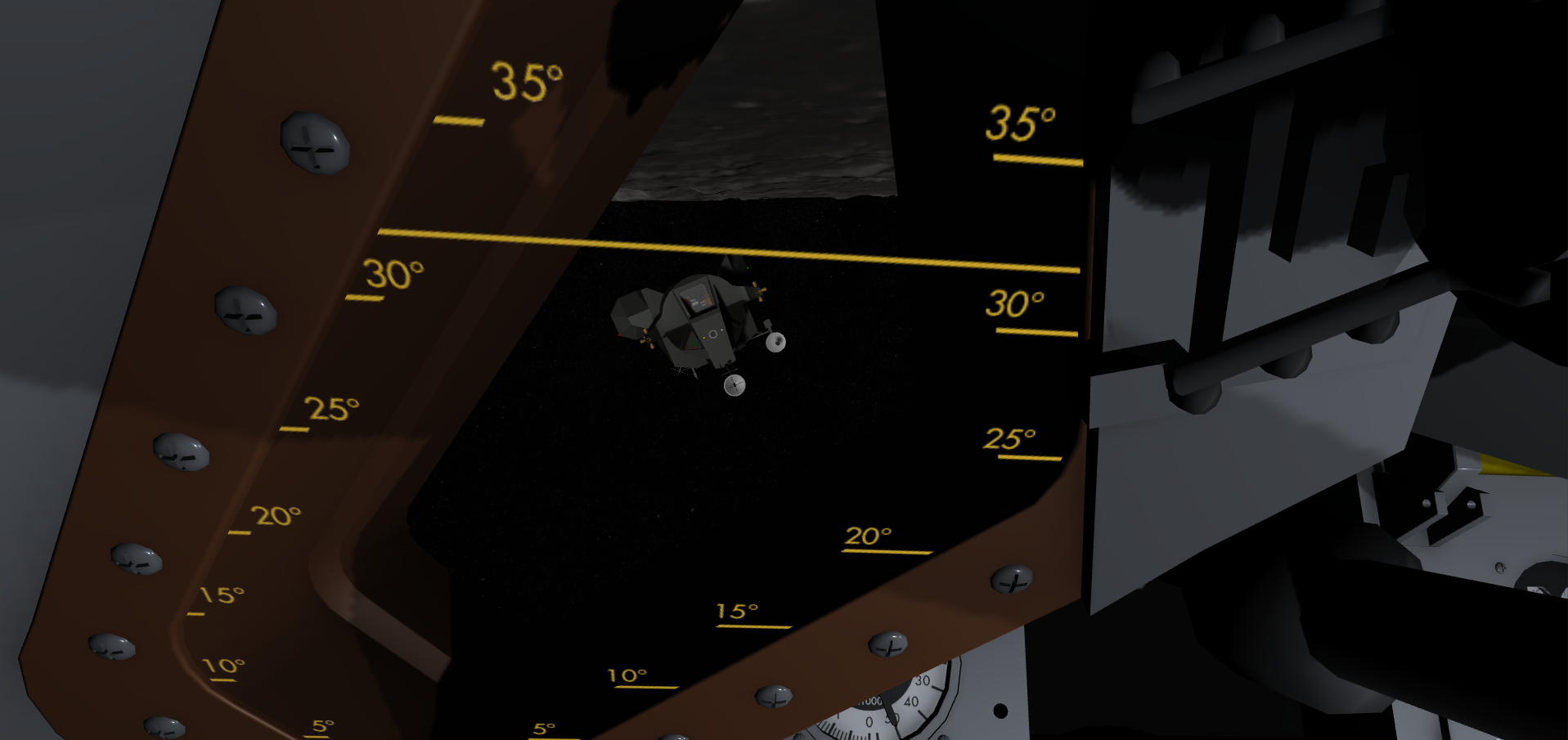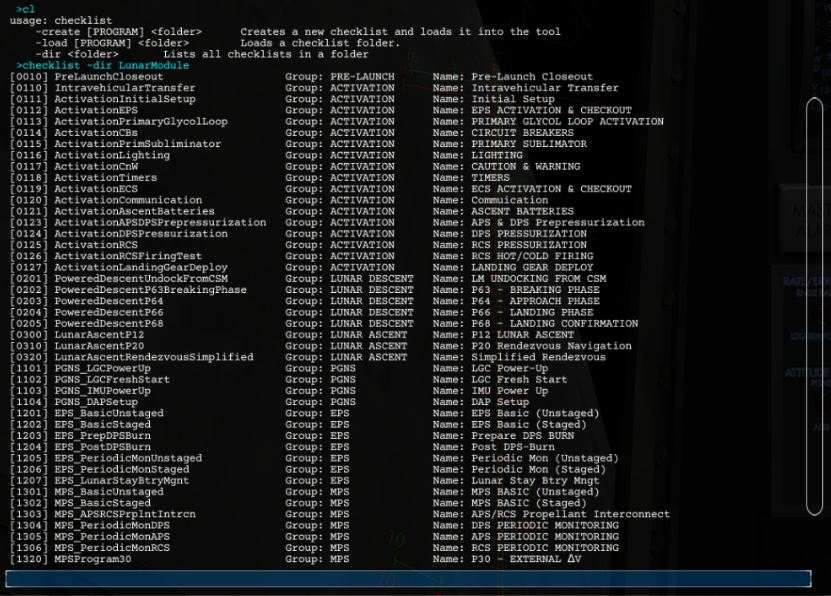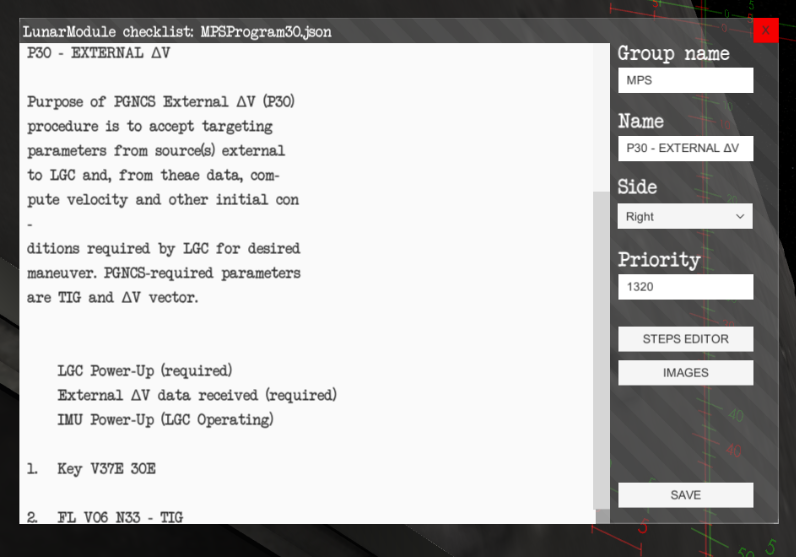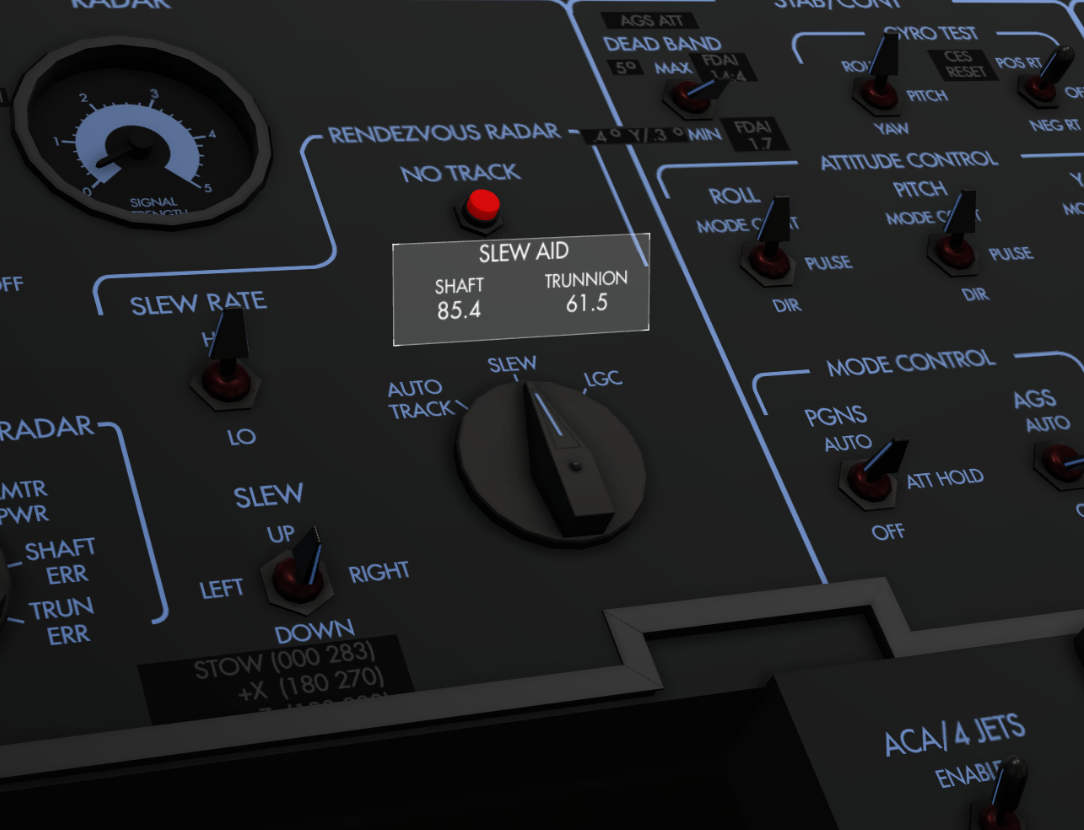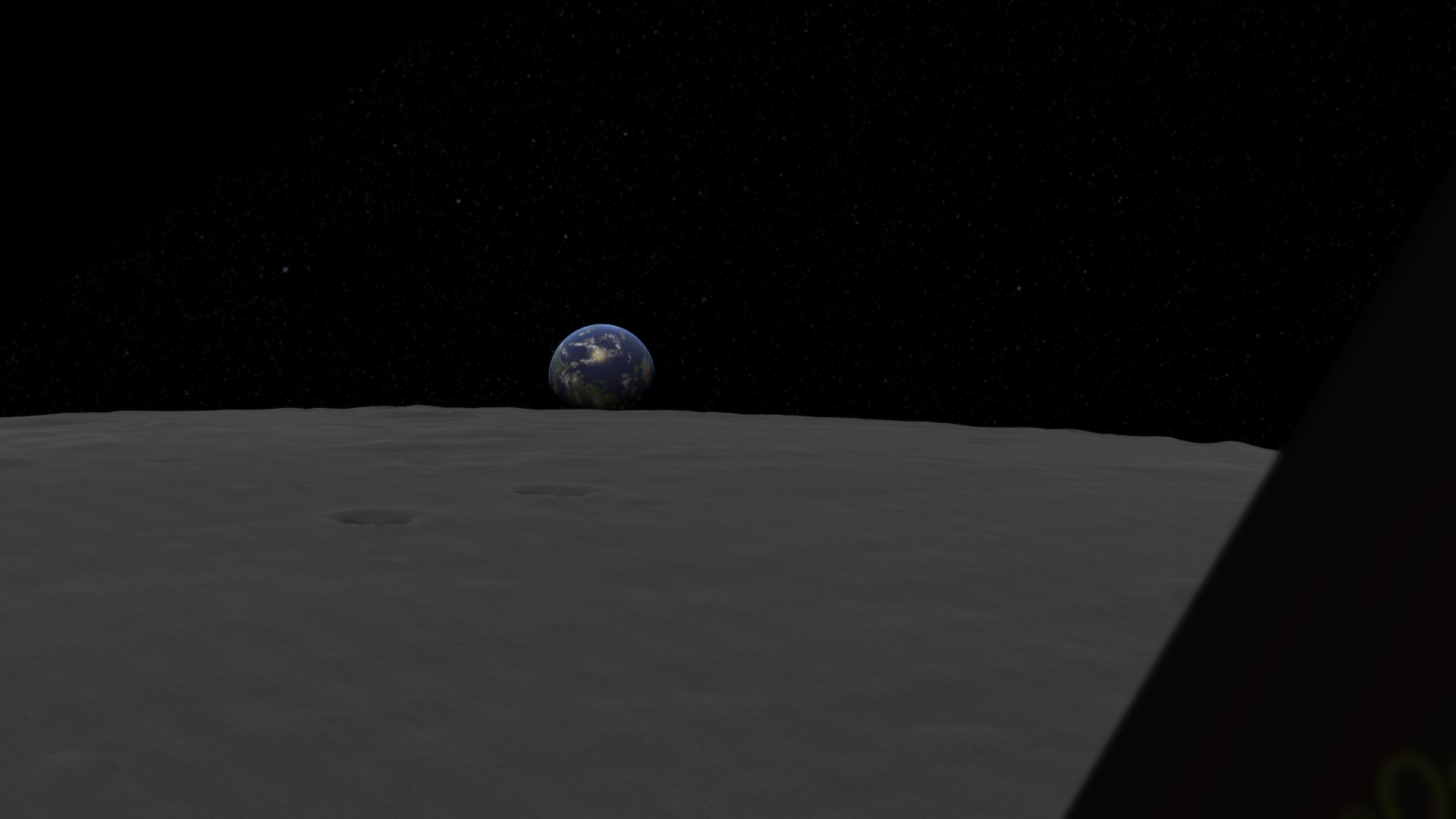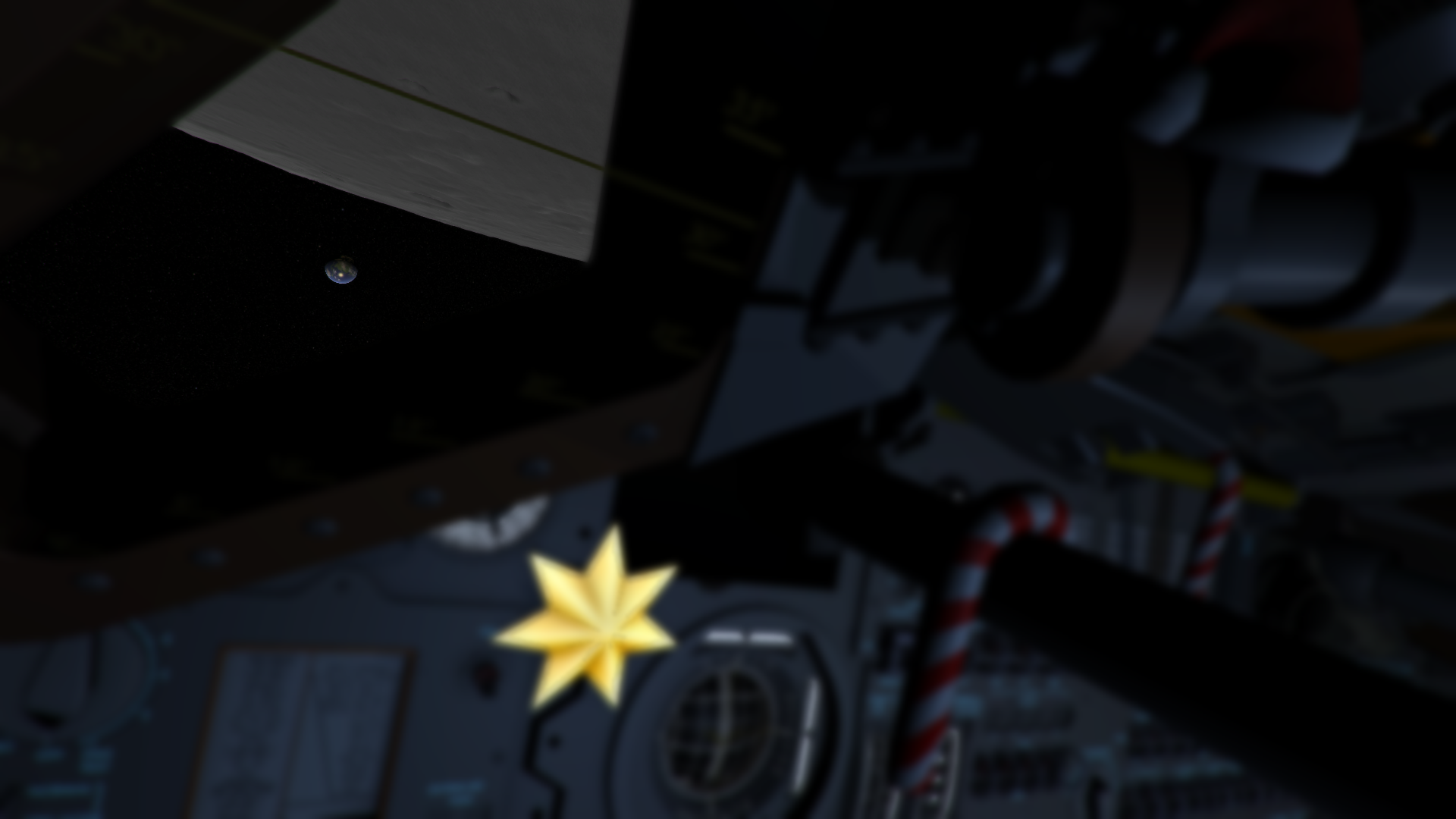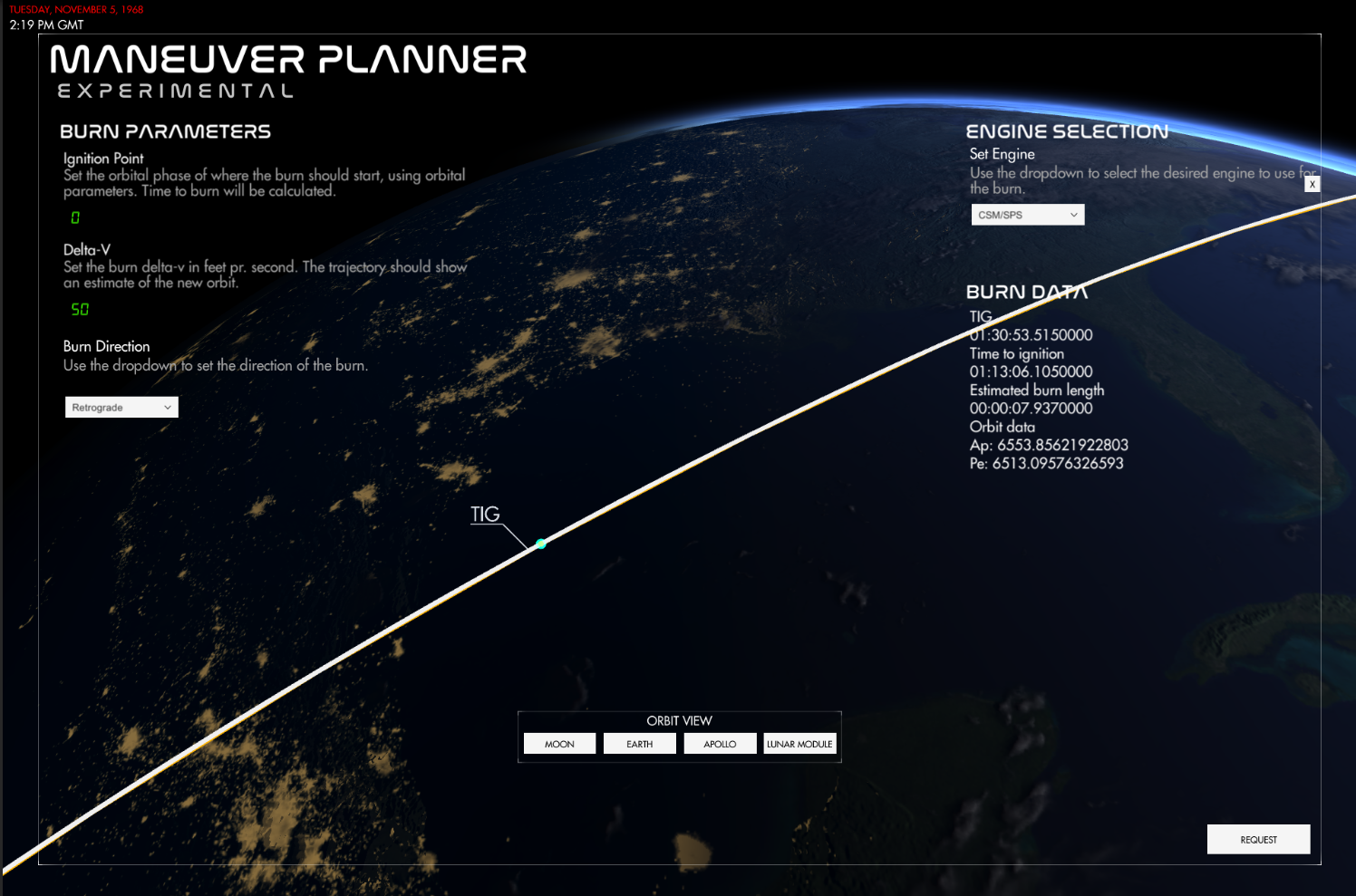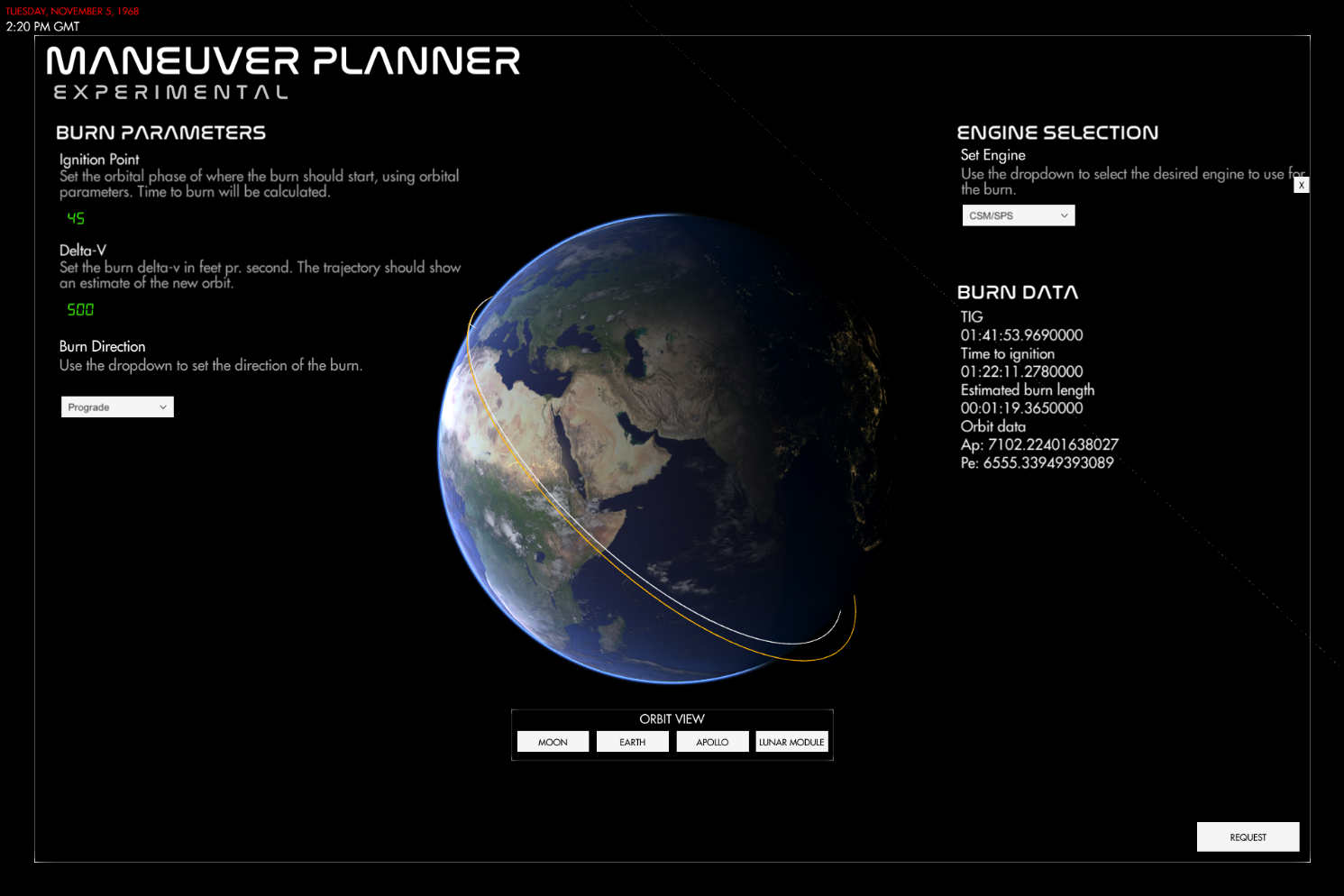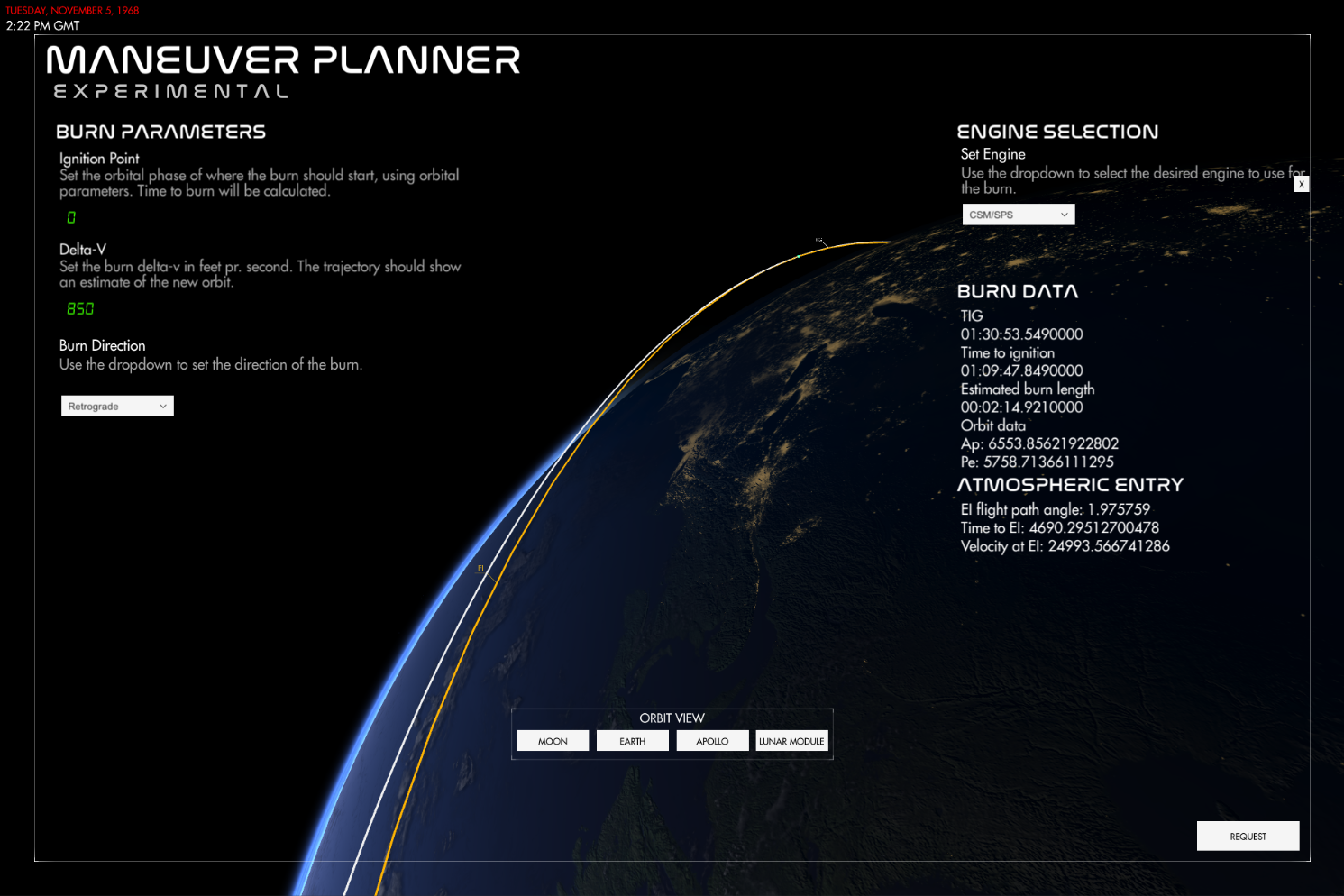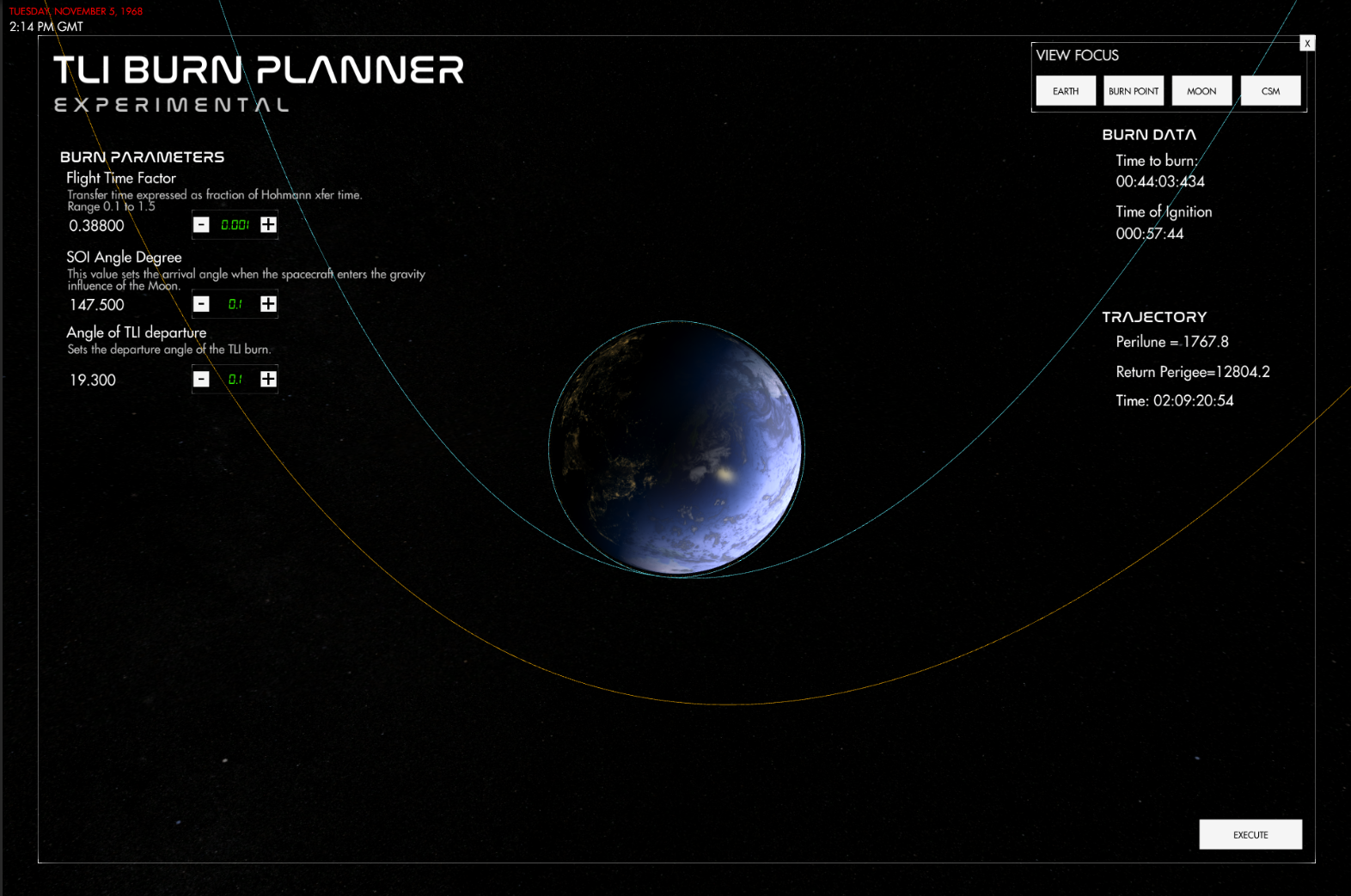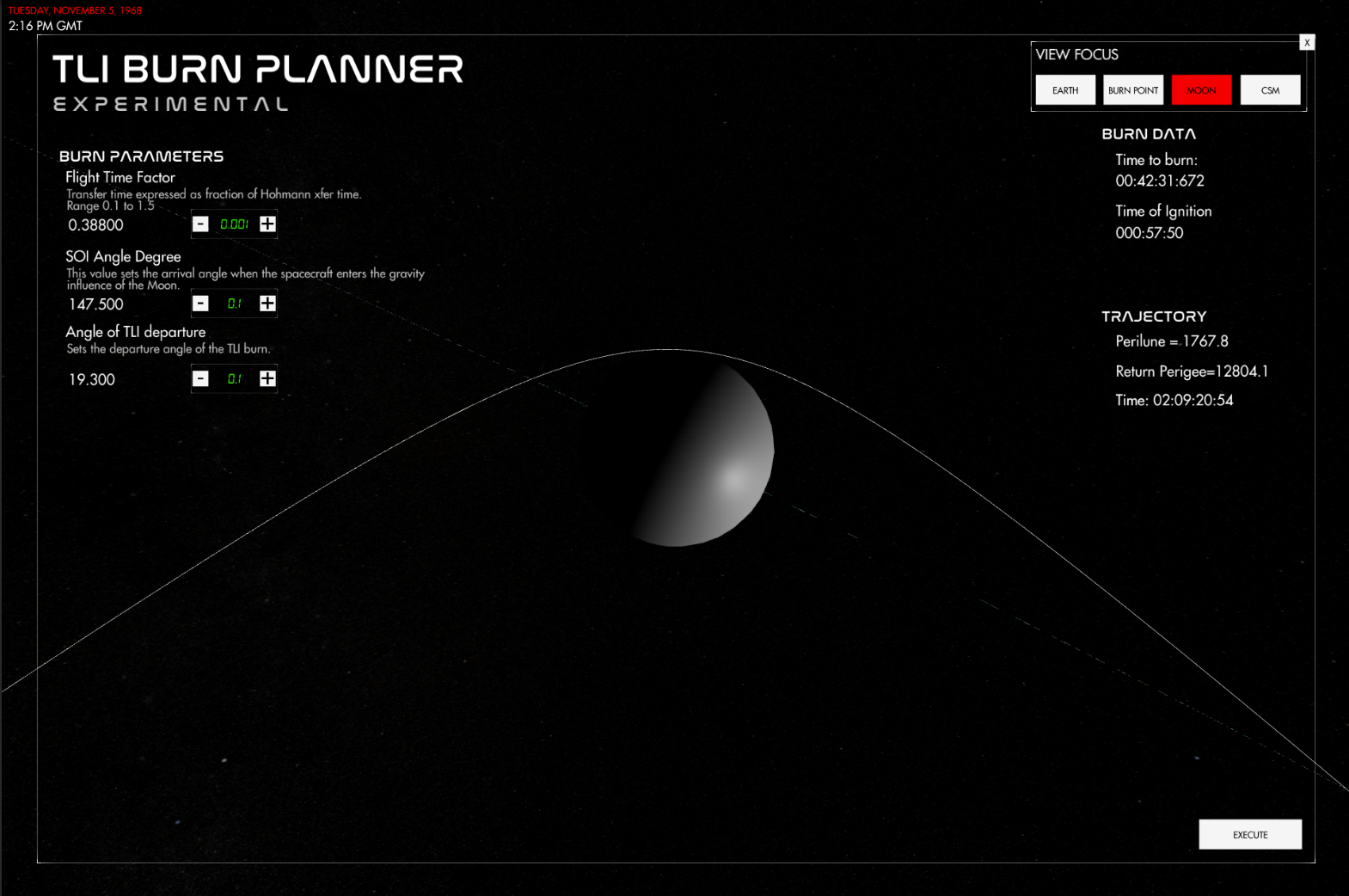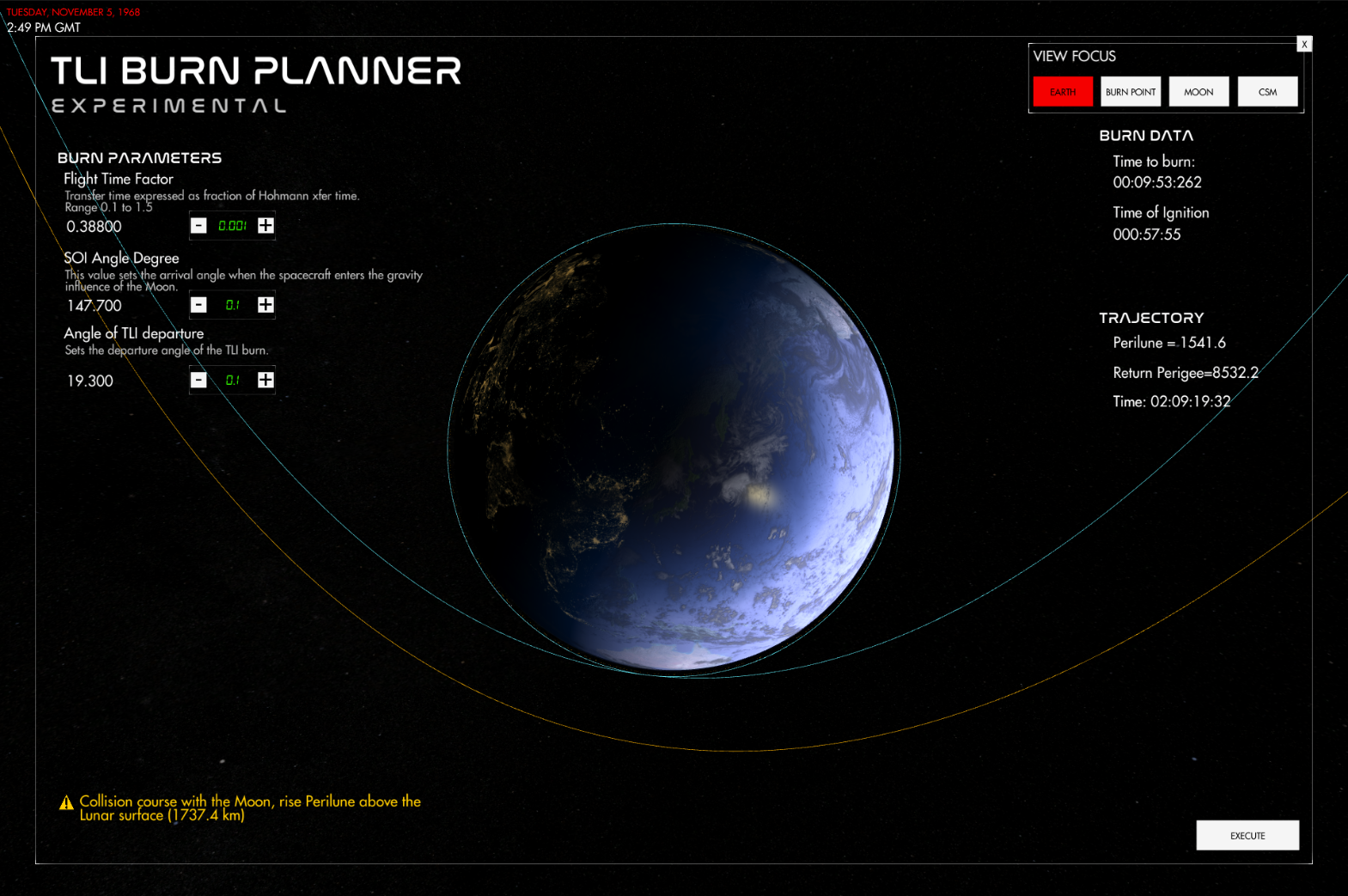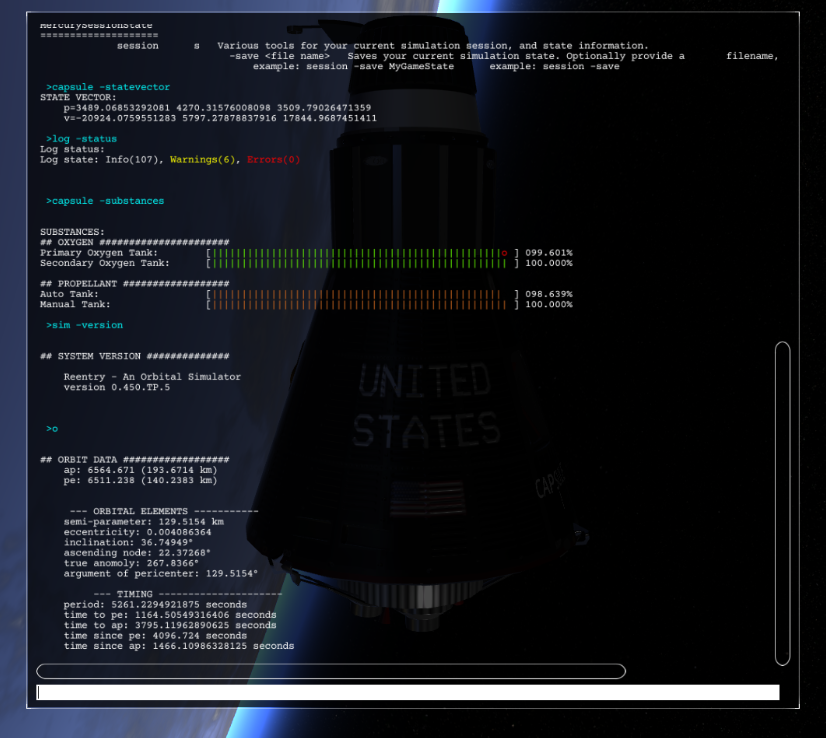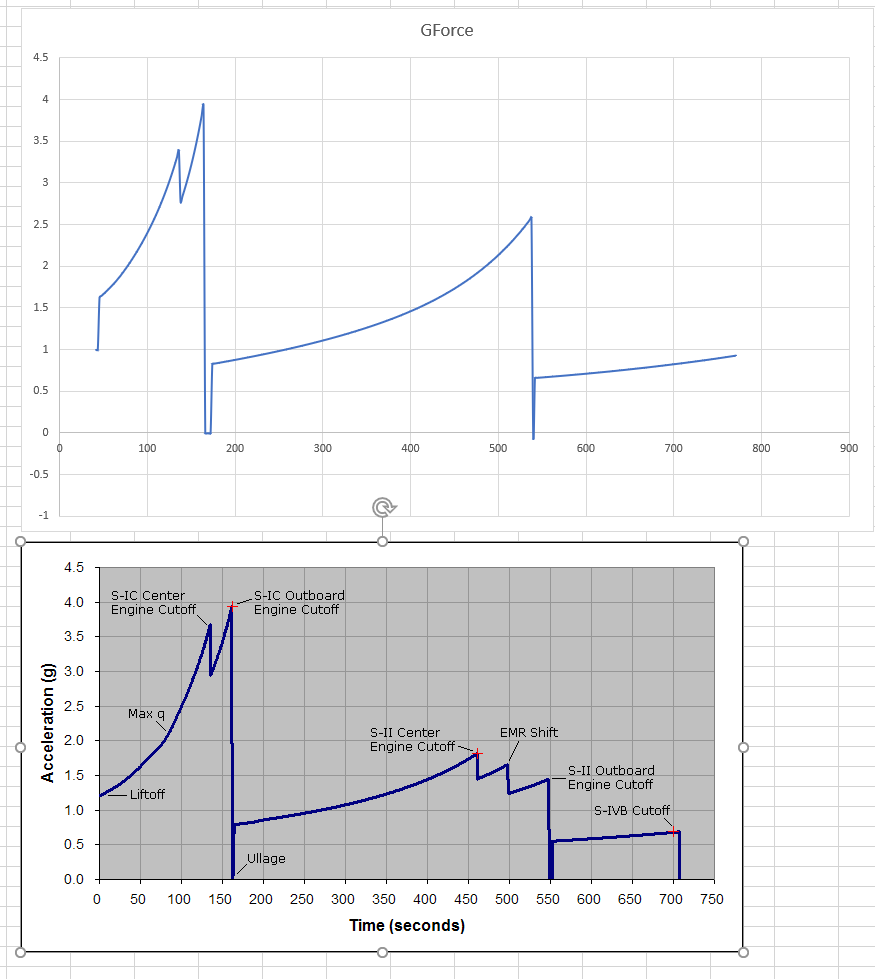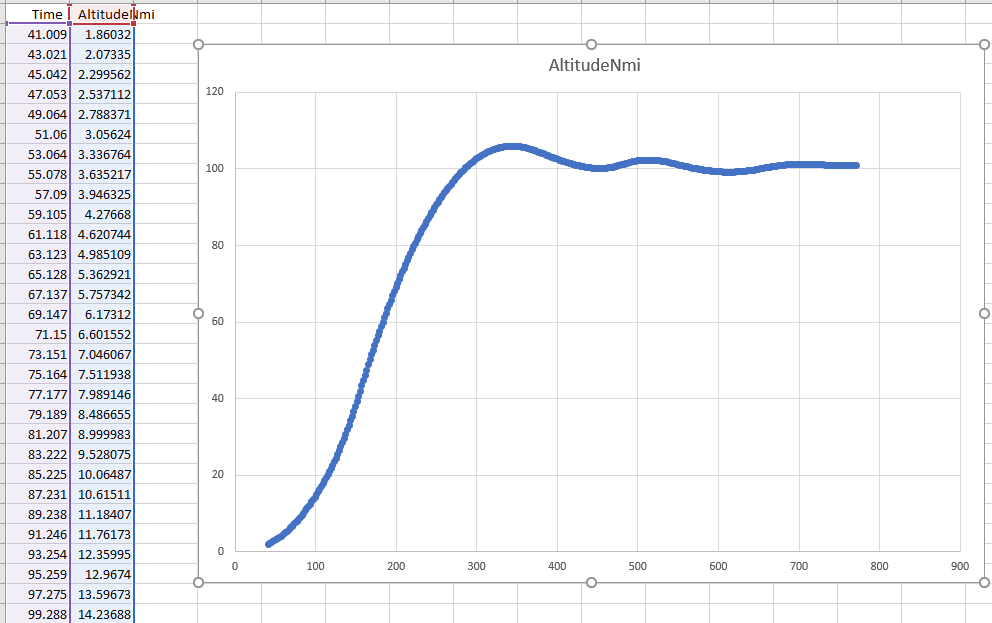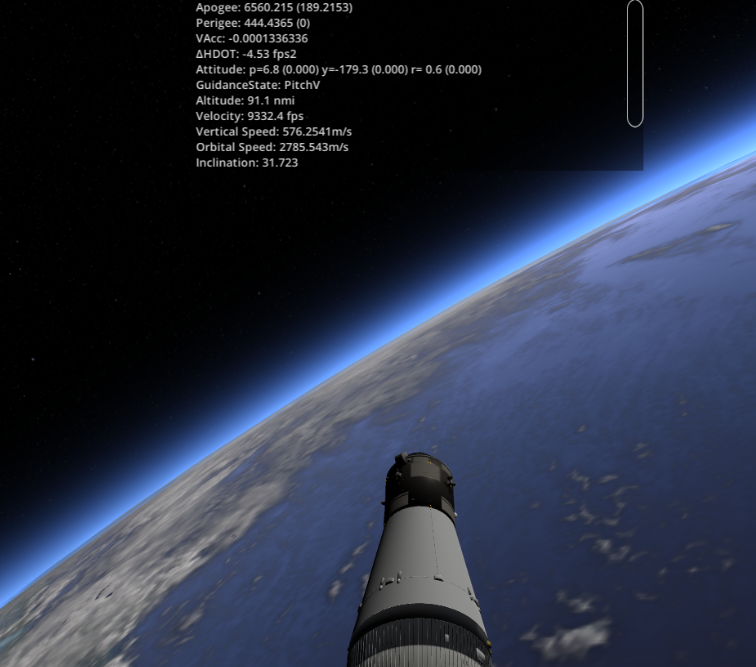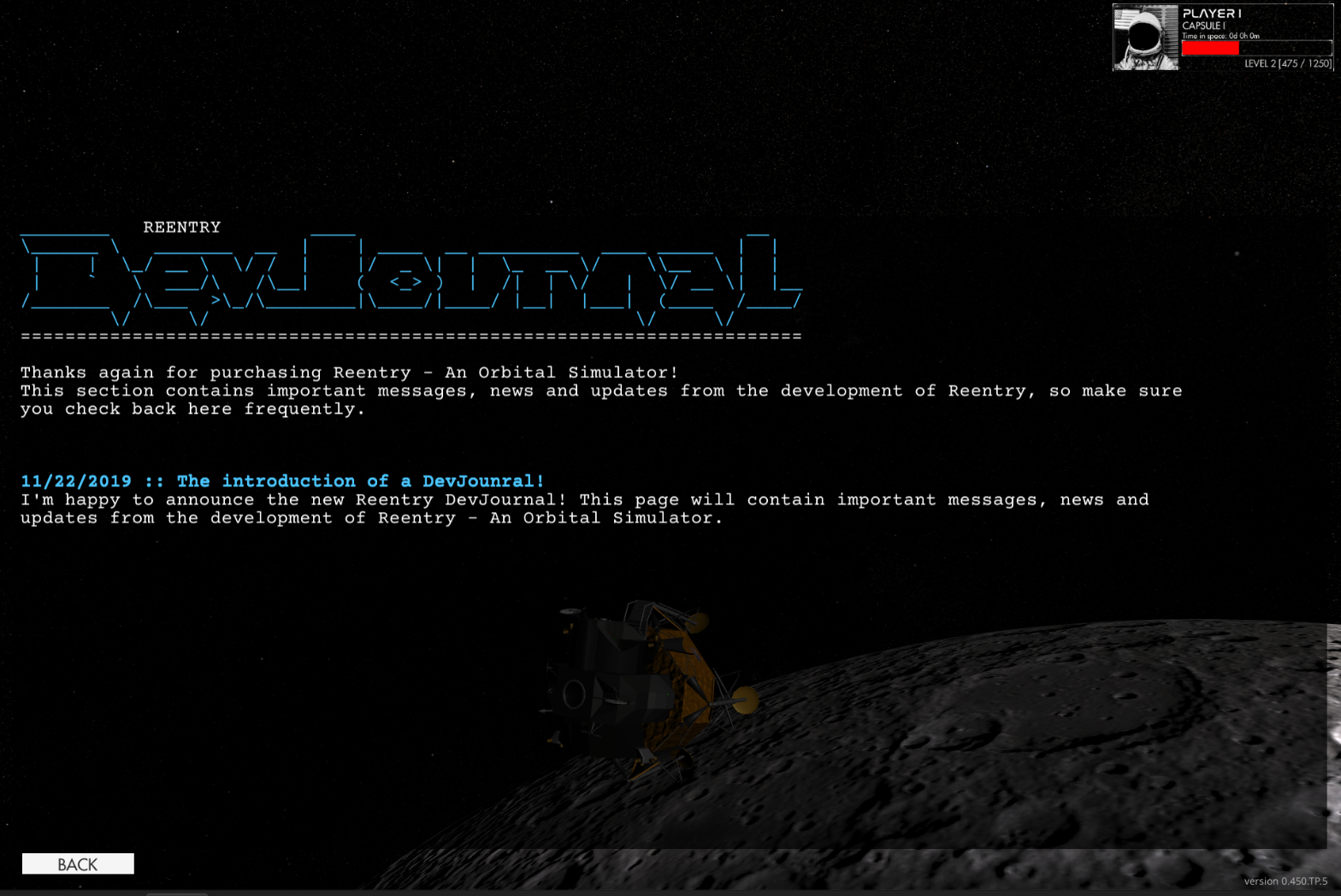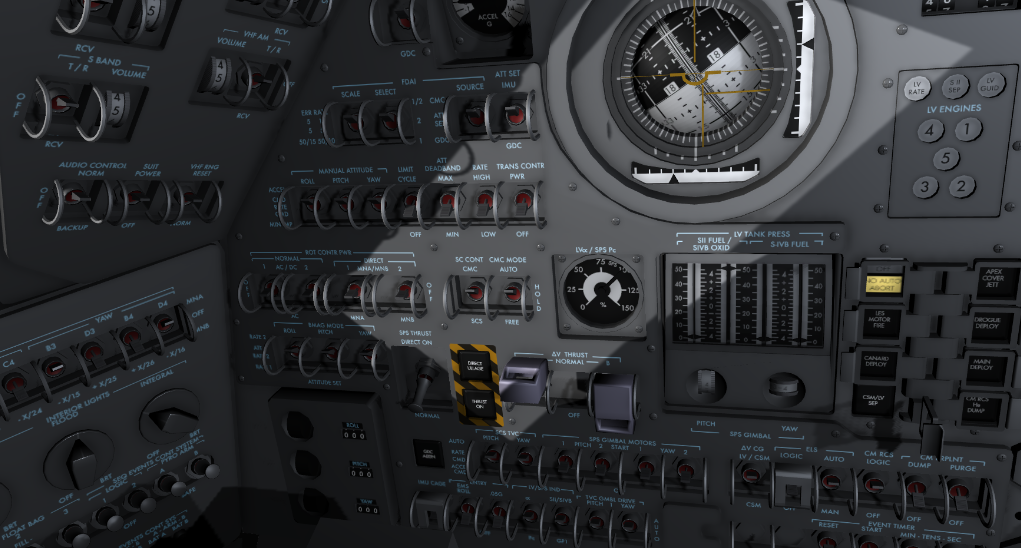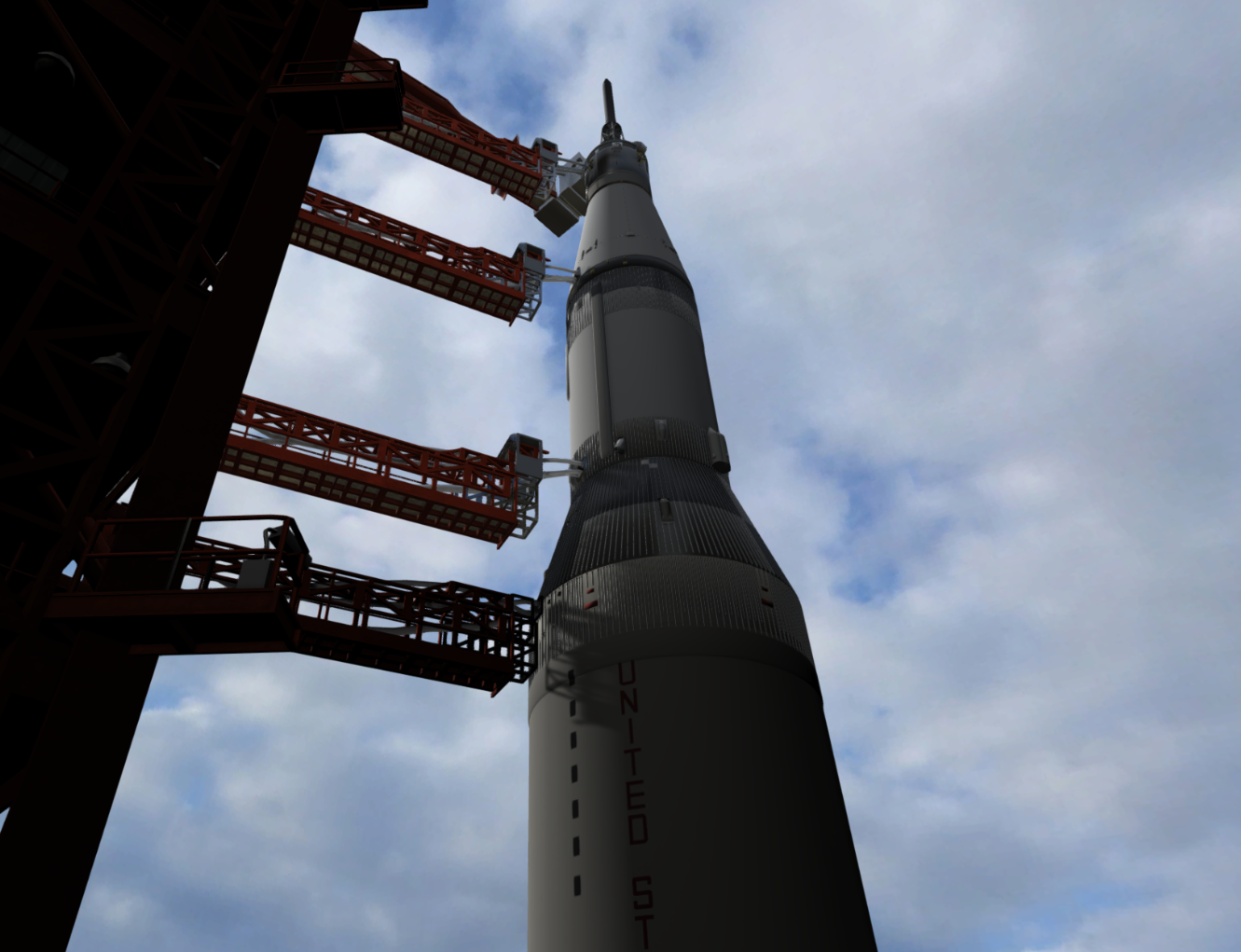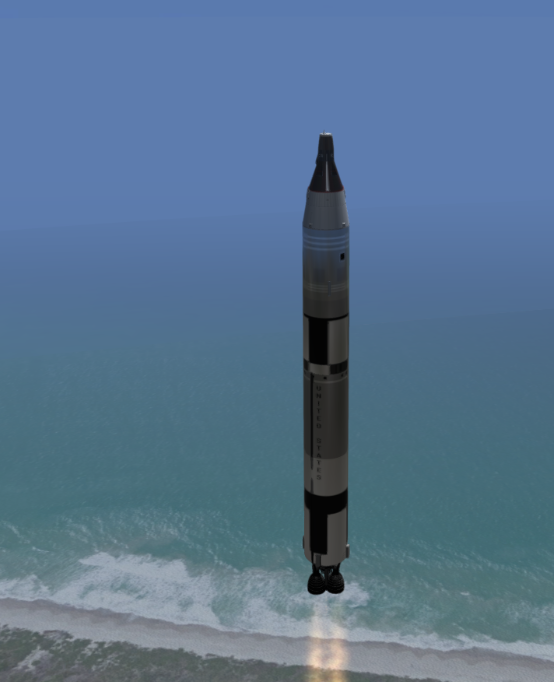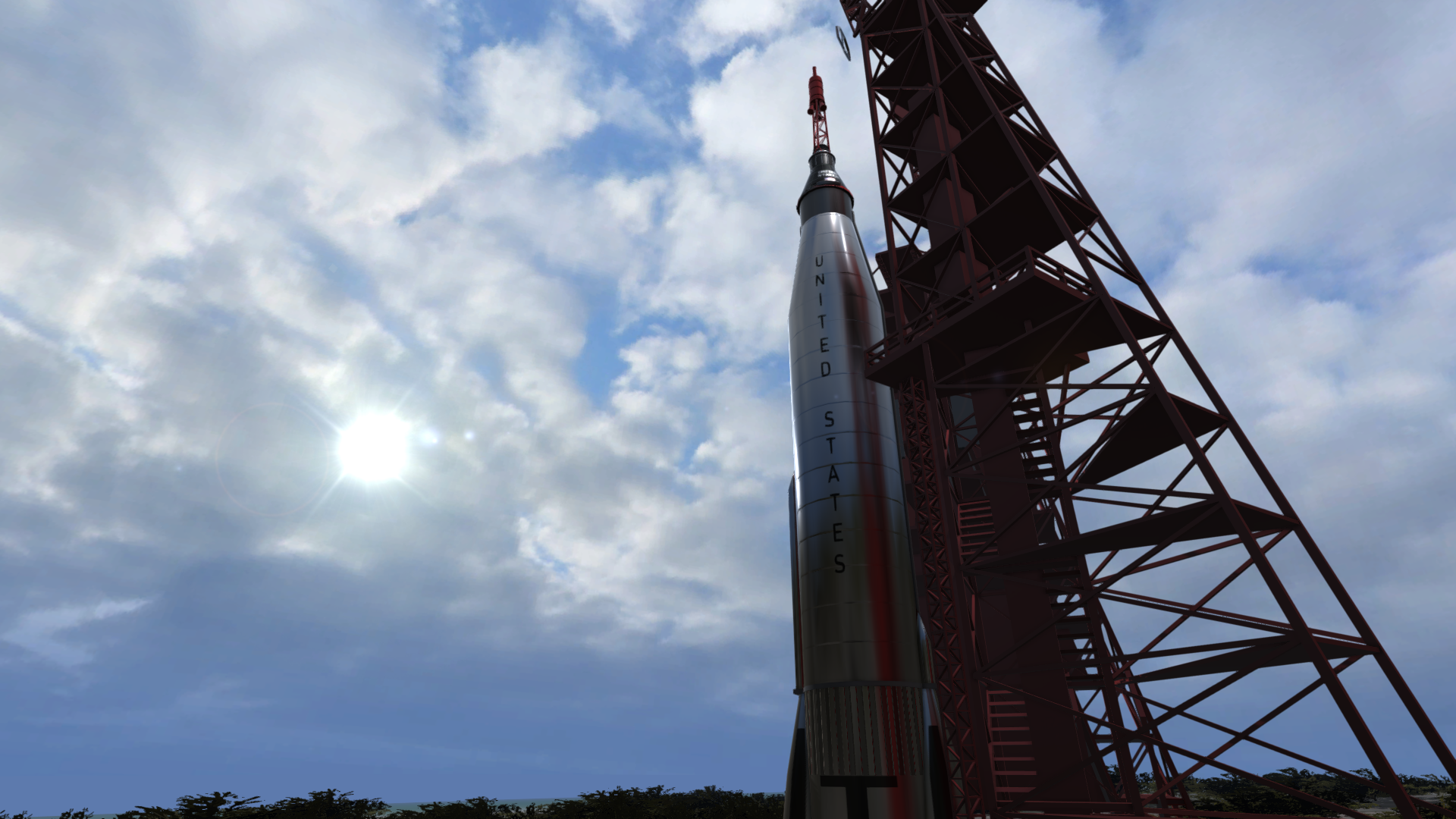
Apr 20, 2020
Reentry - A Space Flight Simulator - wilhelmsenstudios
Reentry version 0.6 has been in development for a while, and will introduce many new changes to Project Mercury. This post aims to briefly cover the main parts of 0.6, as well as showing you another feature in planning: Mission Control Live
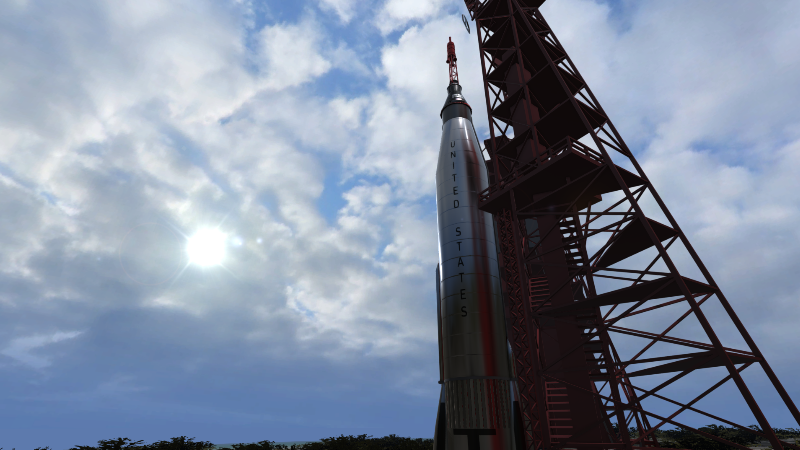
True Scale System
The major work we did with version 0.45 can be seen in-action through the True Scale System. This is currently only available in Mercury, but it changes how Reentry works with the floating points limitation. TSS now allows you to maneuver in a true scale environment with seamless ascent (no transition), and a much more realistic sized Earth. Zooming no longer affects the scale of Earth like it did before, and the "floating rocket parts" are no longer a thing.
Failures
With random failures, mission scripted failures, or failures triggered by a troublemaker in the Mission Control multiplayer module, you now have to pay much more attention to all of the internal systems. If a fault is detected, you will need to work the problem and figure out if the mission can continue or not. A basic implementation of the Mercury Abort Modes are also available, where the Escape Tower is used to drag the capsule away from a failing launch vehicle (see video below)
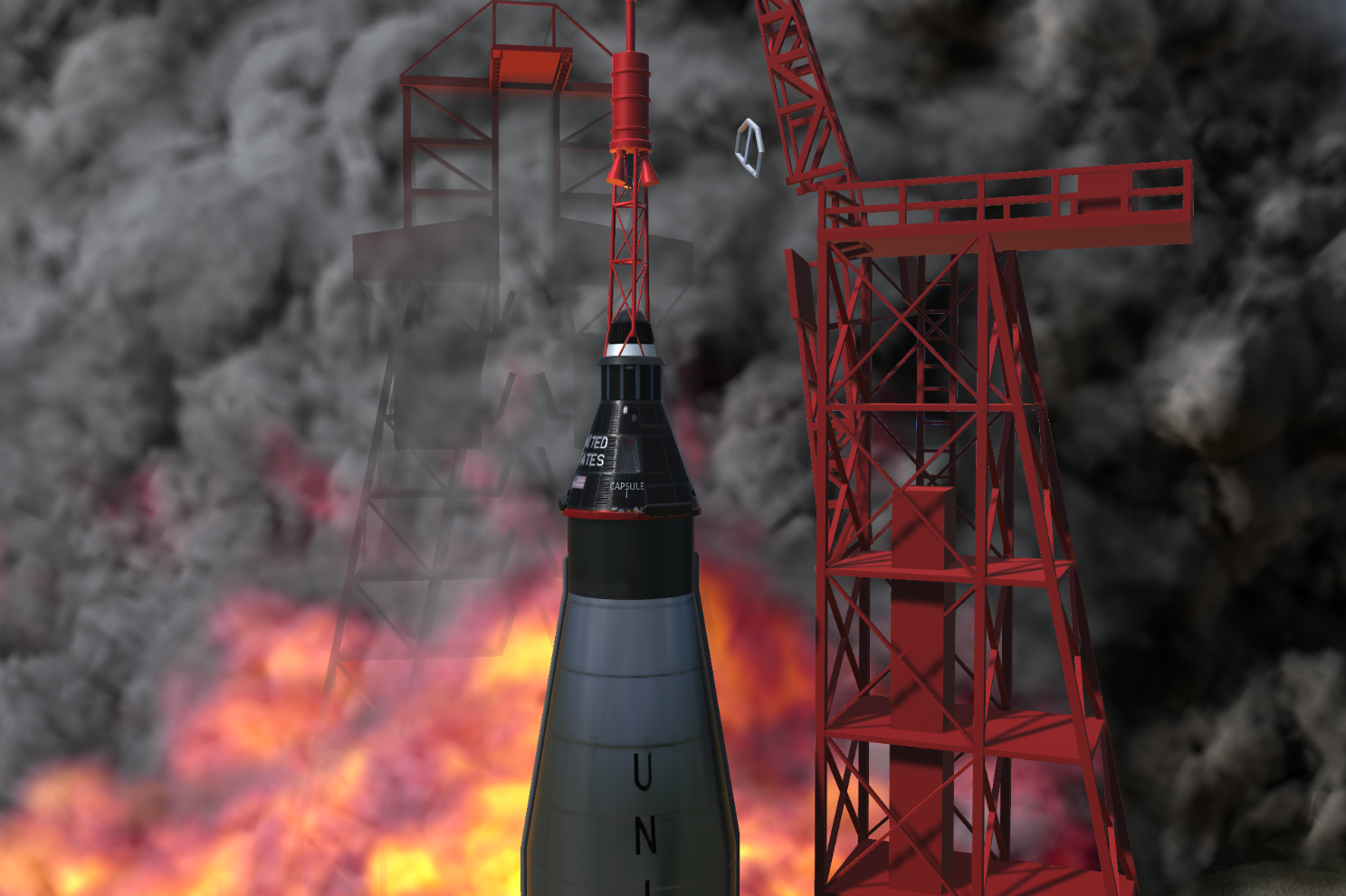
New missions & in-game Mercury Mission Editor
Version 0.6 will also add a few new missions for Mercury, where your abilities will be tested outside of the Academy. A new mission editor has been created, allowing you to create Mercury missions directly in the game.
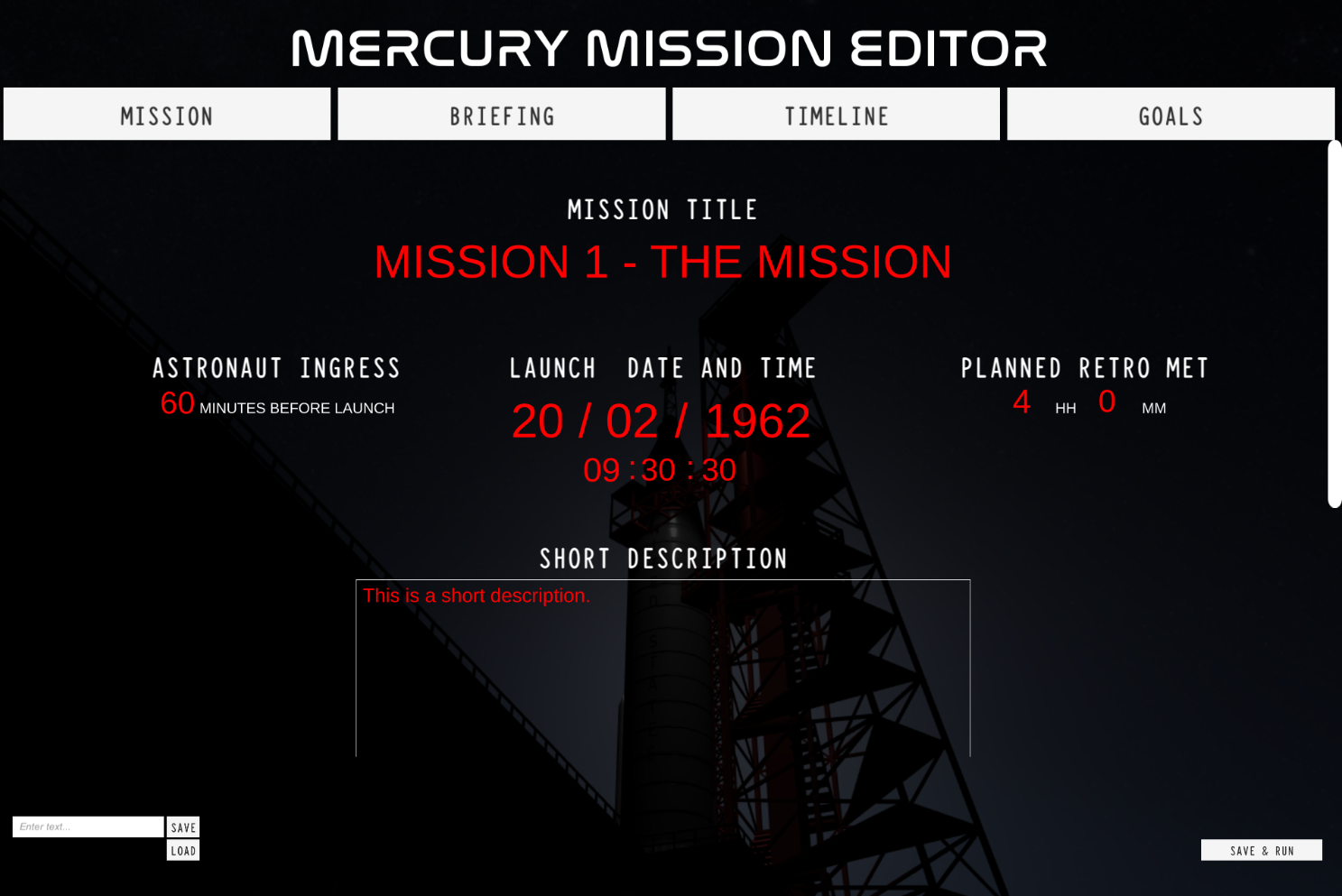
Mission Control Live
The Mission Control Live module is a multiplayer mode scheduled for version 0.7 where multiple players can join a game session as Mission Control for an astronaut. The Mercury Control Center has been remade with a focus on details, gamification and functionality. I have been doing a lot of research into how it looks, feels and works, as well as how one person or a team can be Mission Control, following realistic flight plans, or private training sessions.
Here are some comparison pictures from real life, vs. what I have in Reentry
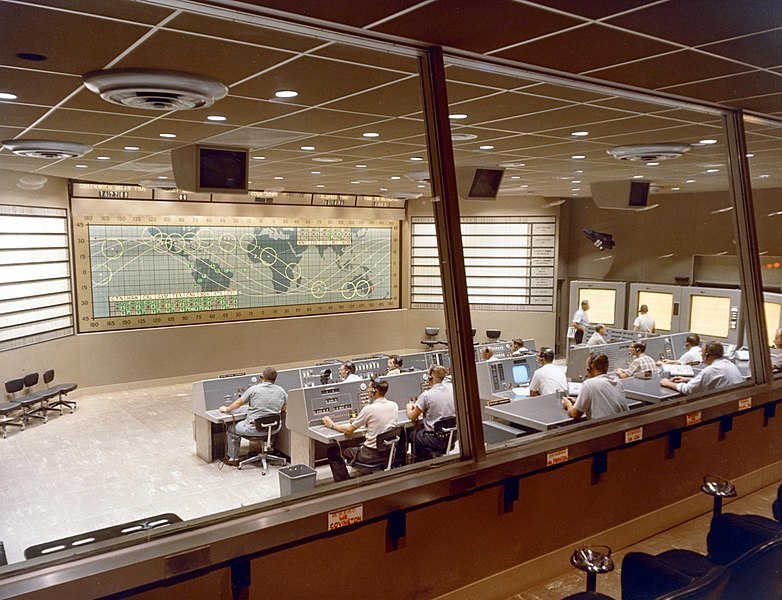
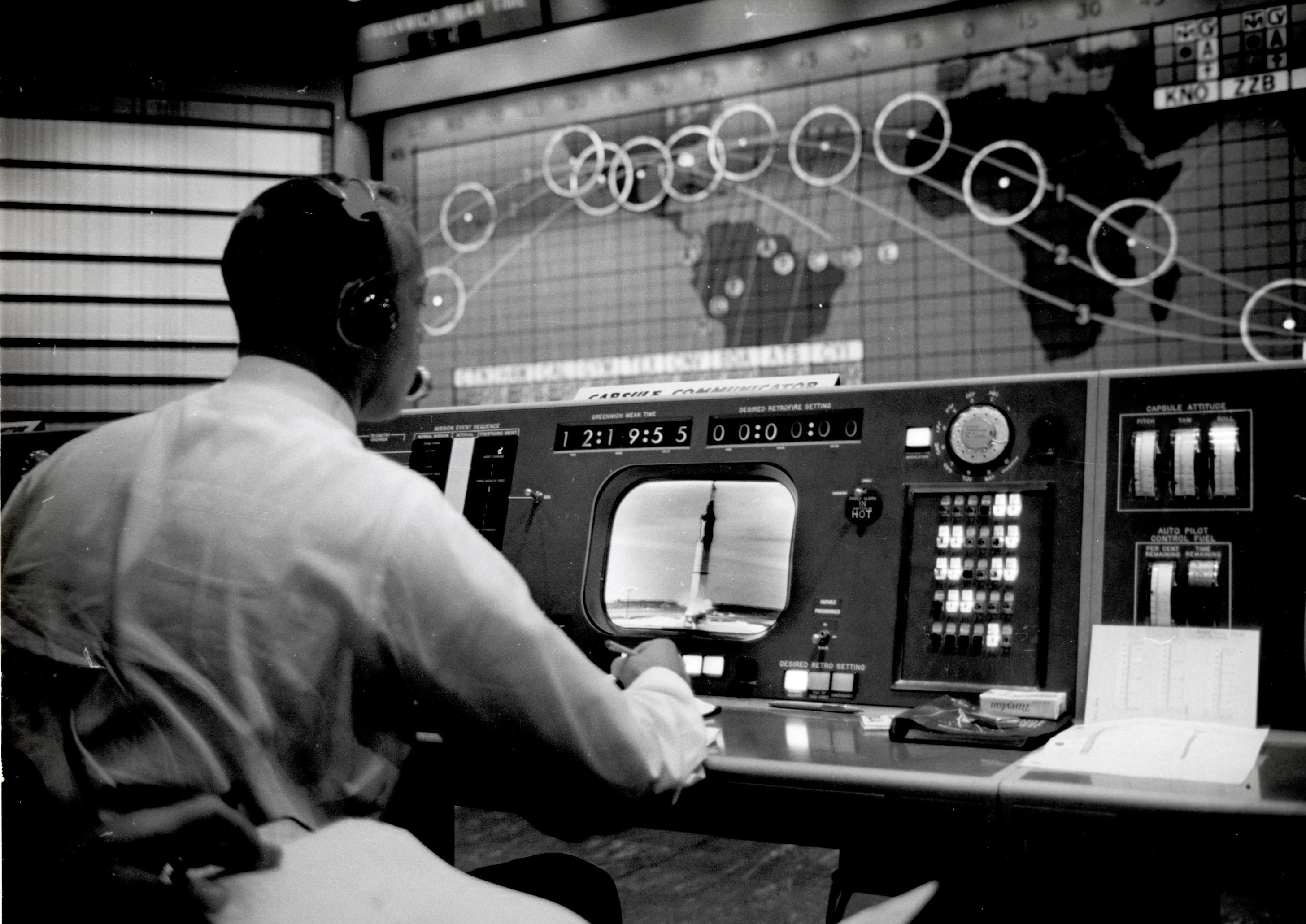
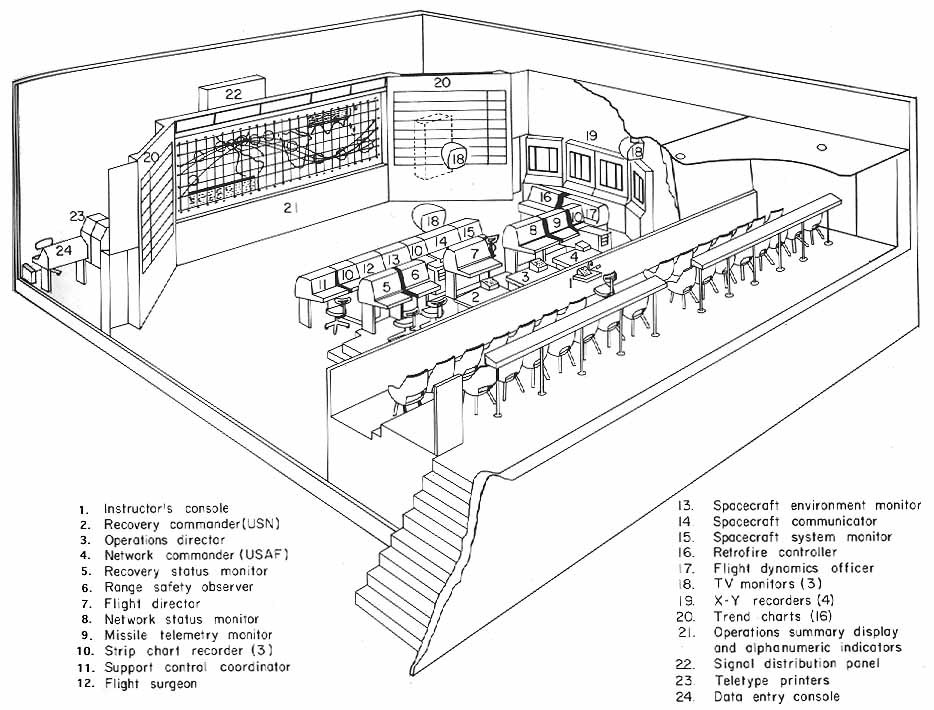
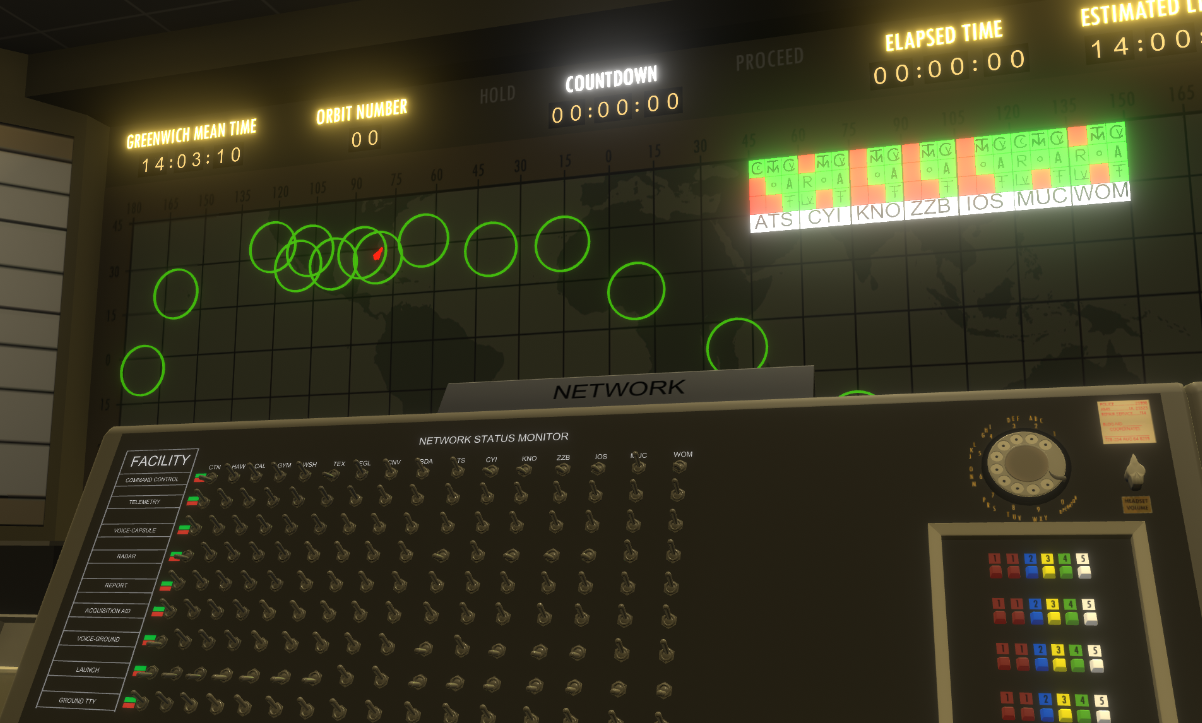

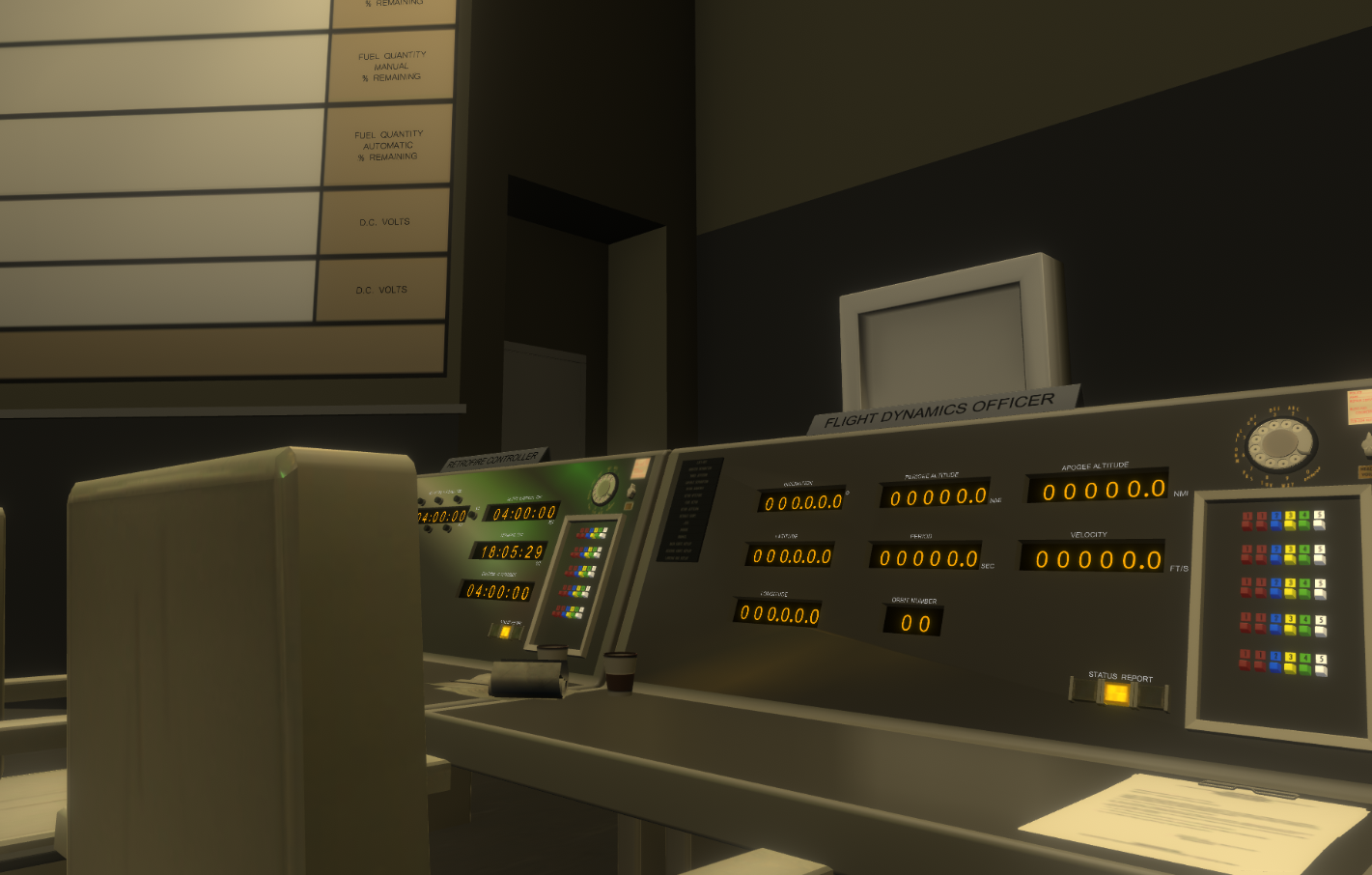

The mission control room is populated with custom avatars where each player can design his or her own character to be used as a mission controller (and eventually as the face of your astronaut).

Saturdays stream
Many of you saw the stream on Saturday where the Test Pilots and I were playing the new Mission Control Live module for Reentry, with Serpatron in the capsule. Unfortunately, we were unable to bring him down due to an unfortunate event where the retros were jettisoned too early.
If you wish to see the session, you can do so here:
Mission Control Perspective:
https://www.twitch.tv/wilhelmsenstudios
Astronaut Perspective:
https://www.twitch.tv/RealSerpatron
When will 0.6 or Mission Control Live be released?
I do not yet have an ETA on when version 0.6 or the Mission Control Live feature will be released. Version 0.6 will need to be released before Mission Control Live can be a part of the game. Mission Control Live will hopefully make it into 0.7.

True Scale System
The major work we did with version 0.45 can be seen in-action through the True Scale System. This is currently only available in Mercury, but it changes how Reentry works with the floating points limitation. TSS now allows you to maneuver in a true scale environment with seamless ascent (no transition), and a much more realistic sized Earth. Zooming no longer affects the scale of Earth like it did before, and the "floating rocket parts" are no longer a thing.
Failures
With random failures, mission scripted failures, or failures triggered by a troublemaker in the Mission Control multiplayer module, you now have to pay much more attention to all of the internal systems. If a fault is detected, you will need to work the problem and figure out if the mission can continue or not. A basic implementation of the Mercury Abort Modes are also available, where the Escape Tower is used to drag the capsule away from a failing launch vehicle (see video below)

New missions & in-game Mercury Mission Editor
Version 0.6 will also add a few new missions for Mercury, where your abilities will be tested outside of the Academy. A new mission editor has been created, allowing you to create Mercury missions directly in the game.

Mission Control Live
The Mission Control Live module is a multiplayer mode scheduled for version 0.7 where multiple players can join a game session as Mission Control for an astronaut. The Mercury Control Center has been remade with a focus on details, gamification and functionality. I have been doing a lot of research into how it looks, feels and works, as well as how one person or a team can be Mission Control, following realistic flight plans, or private training sessions.
Here are some comparison pictures from real life, vs. what I have in Reentry







The mission control room is populated with custom avatars where each player can design his or her own character to be used as a mission controller (and eventually as the face of your astronaut).

Saturdays stream
Many of you saw the stream on Saturday where the Test Pilots and I were playing the new Mission Control Live module for Reentry, with Serpatron in the capsule. Unfortunately, we were unable to bring him down due to an unfortunate event where the retros were jettisoned too early.
If you wish to see the session, you can do so here:
Mission Control Perspective:
https://www.twitch.tv/wilhelmsenstudios
Astronaut Perspective:
https://www.twitch.tv/RealSerpatron
When will 0.6 or Mission Control Live be released?
I do not yet have an ETA on when version 0.6 or the Mission Control Live feature will be released. Version 0.6 will need to be released before Mission Control Live can be a part of the game. Mission Control Live will hopefully make it into 0.7.




